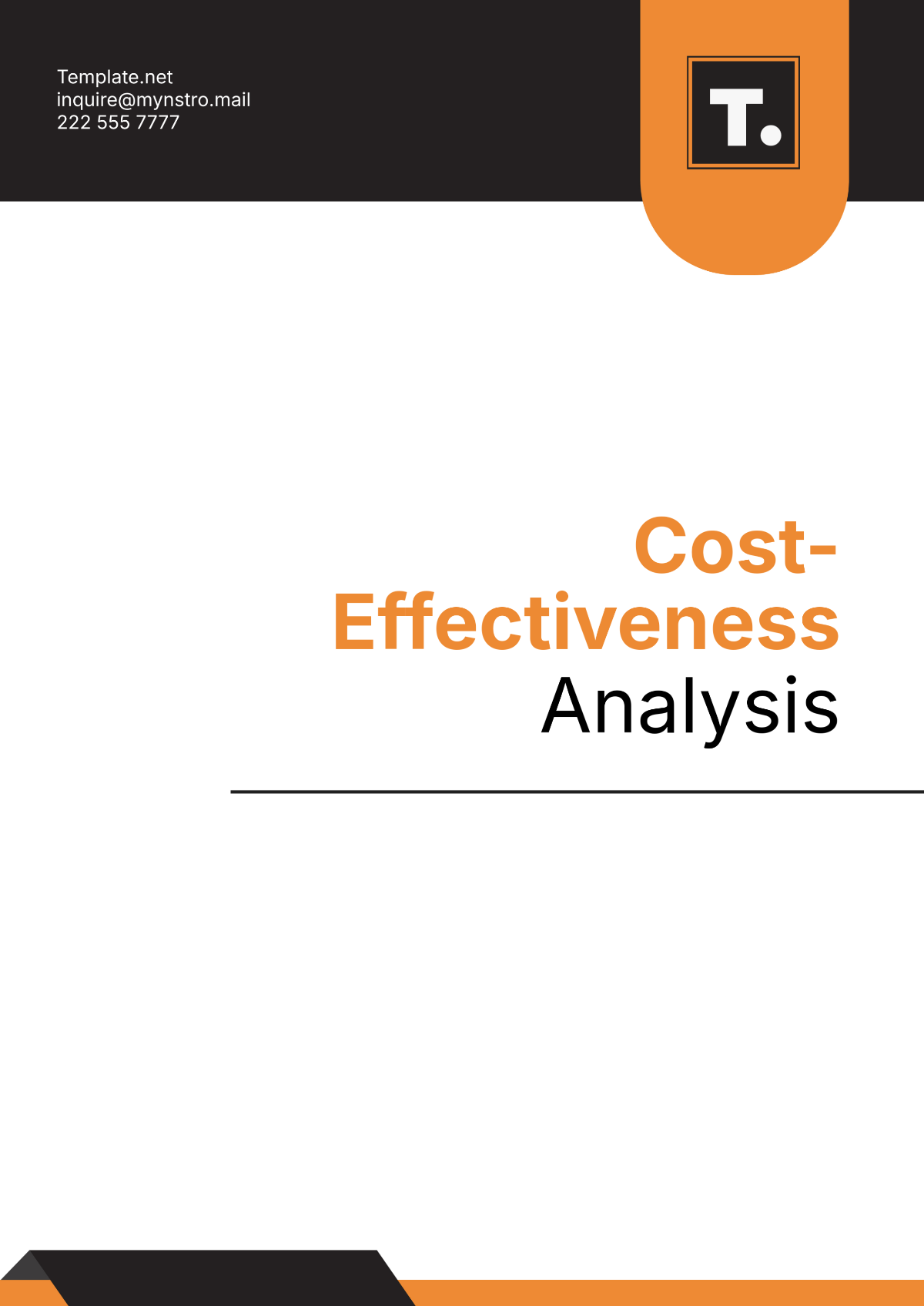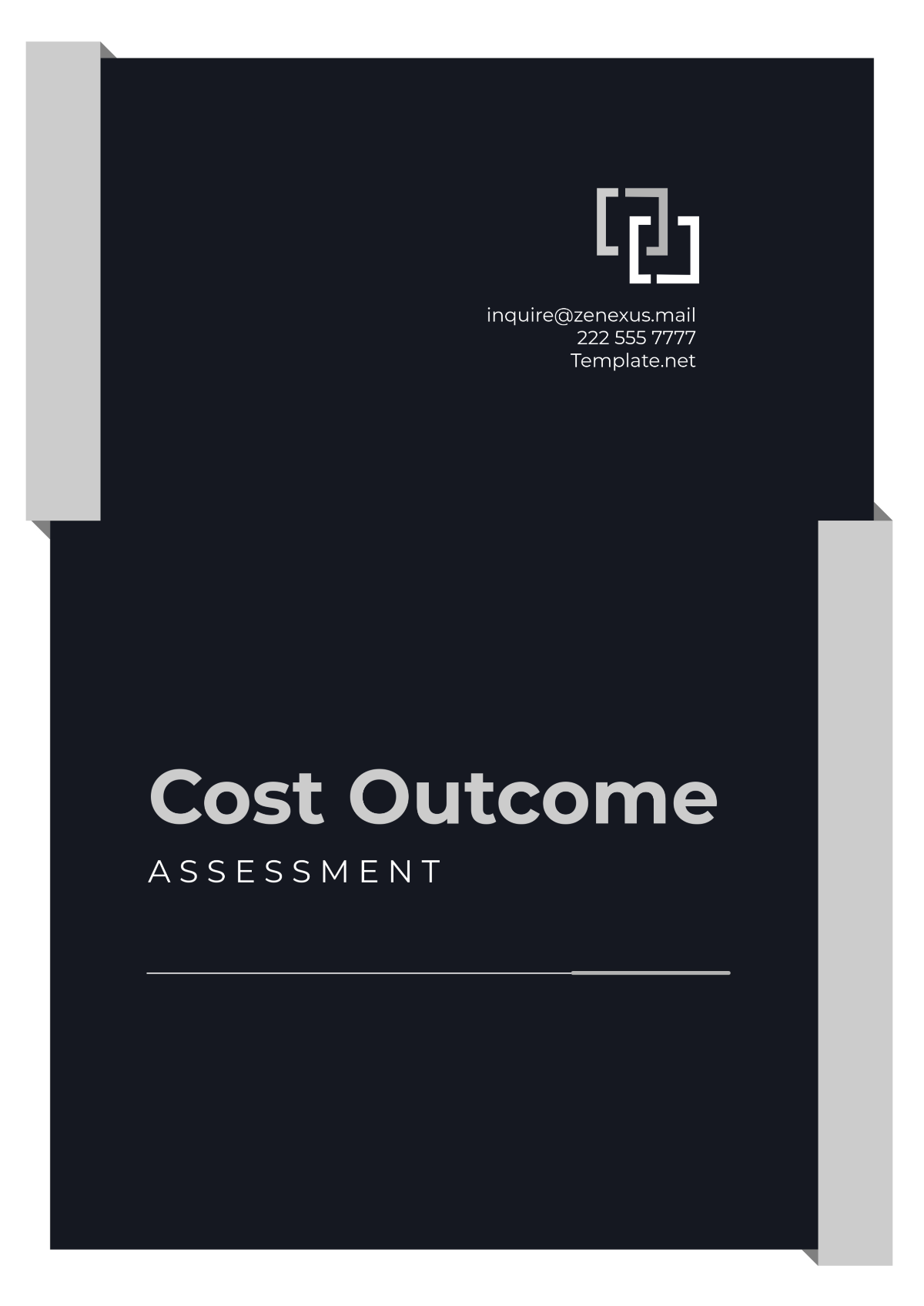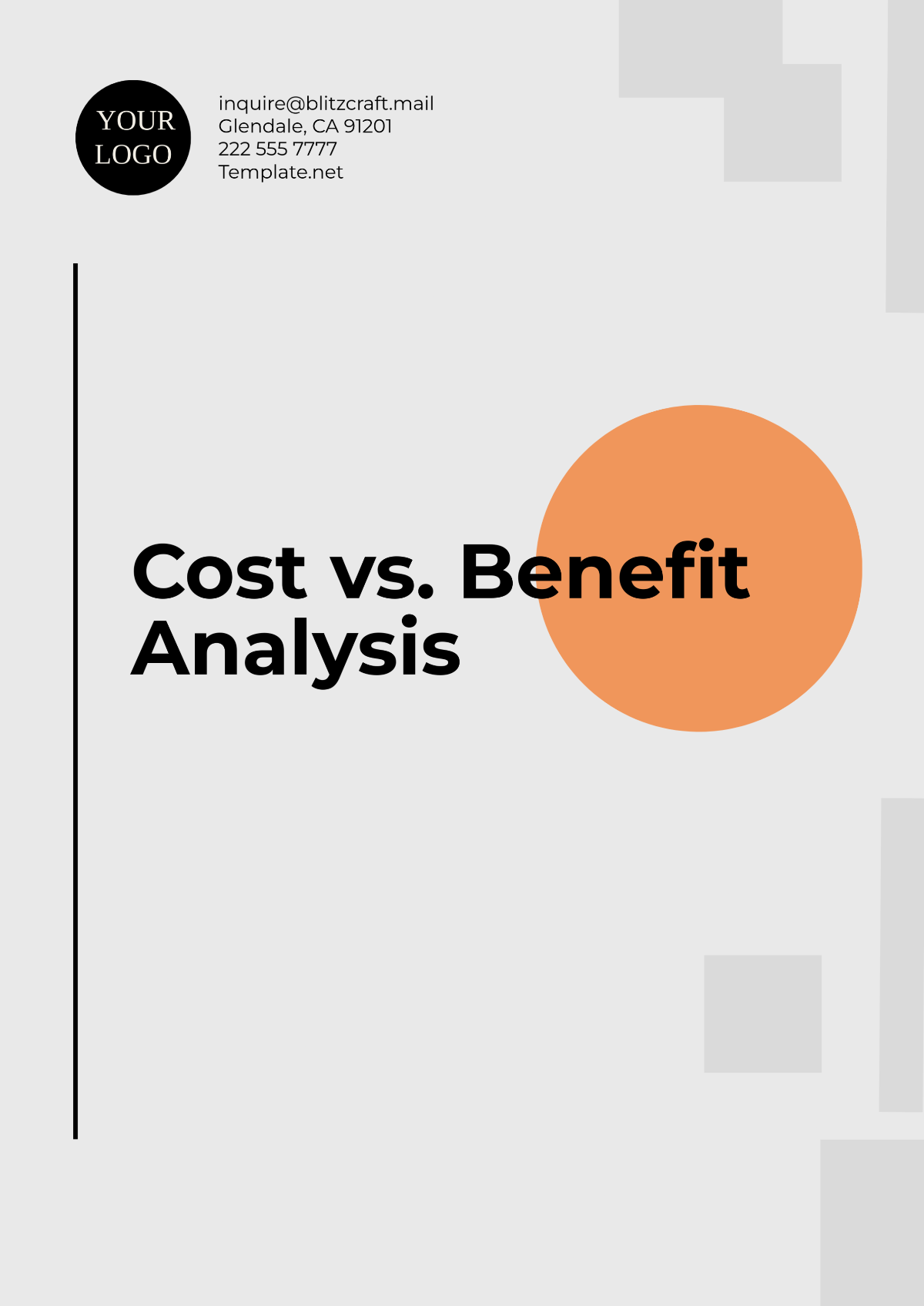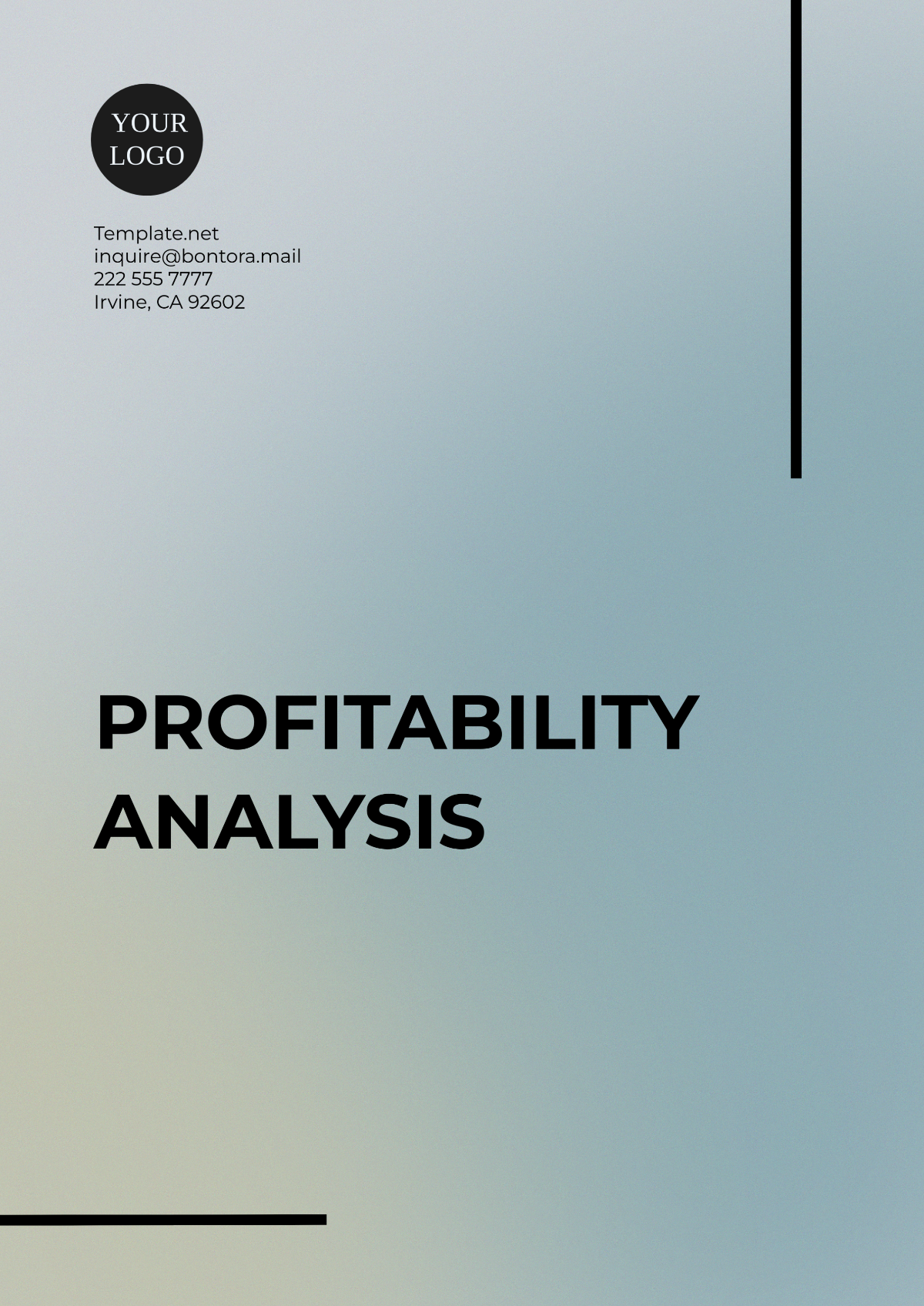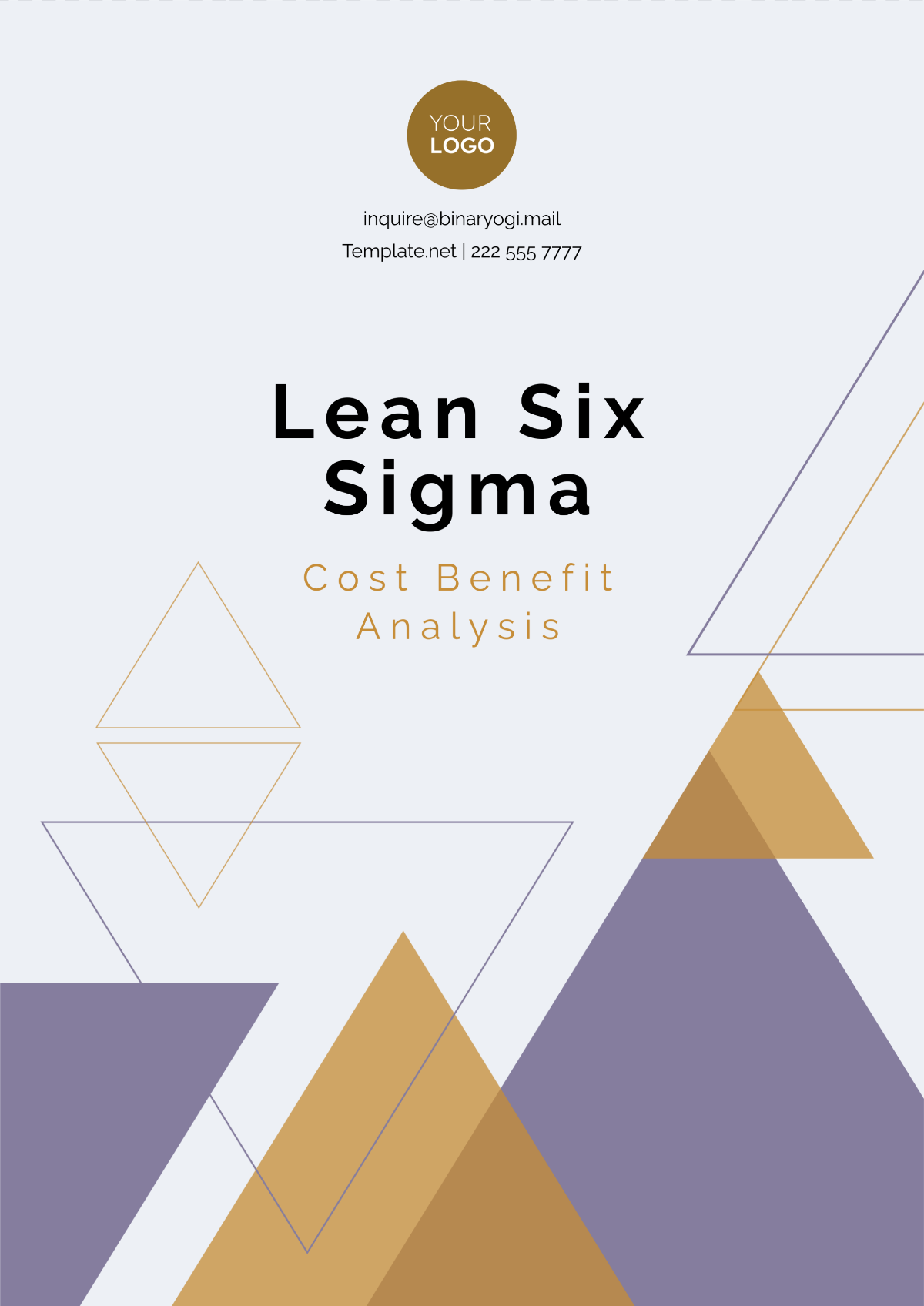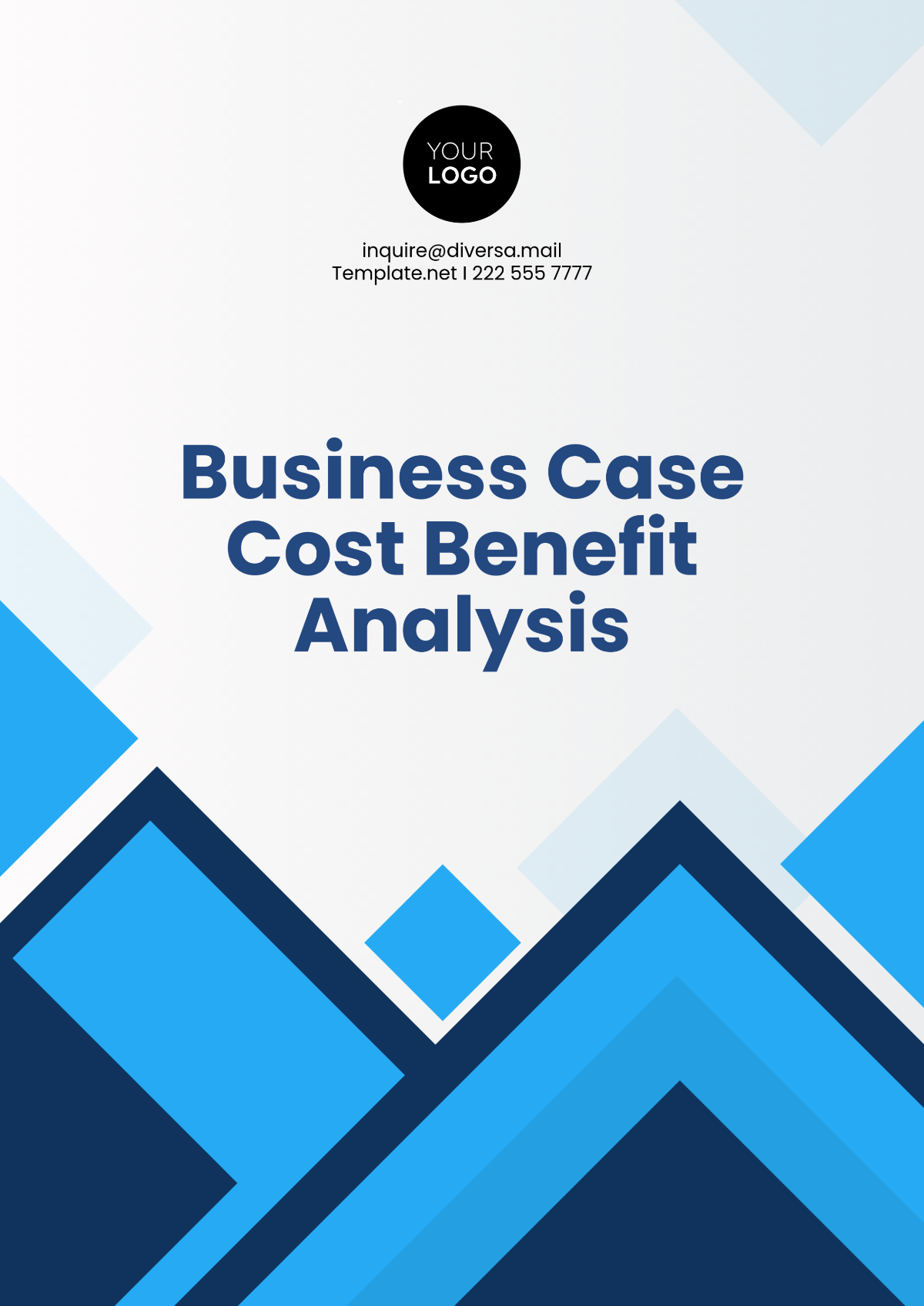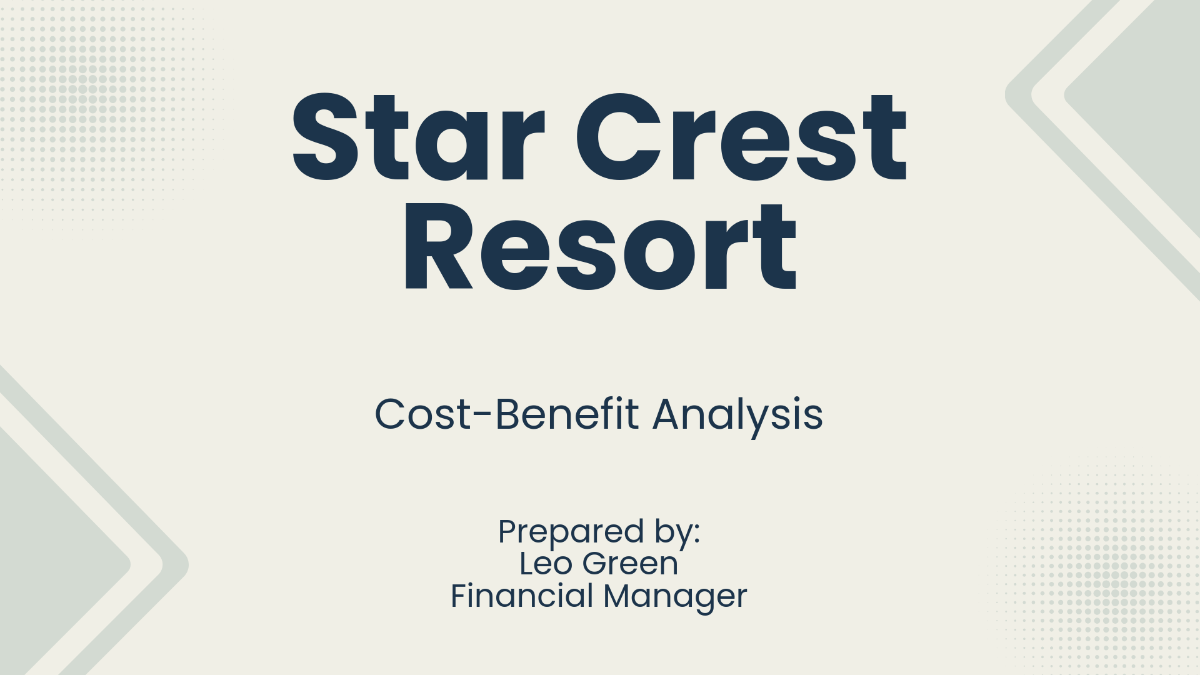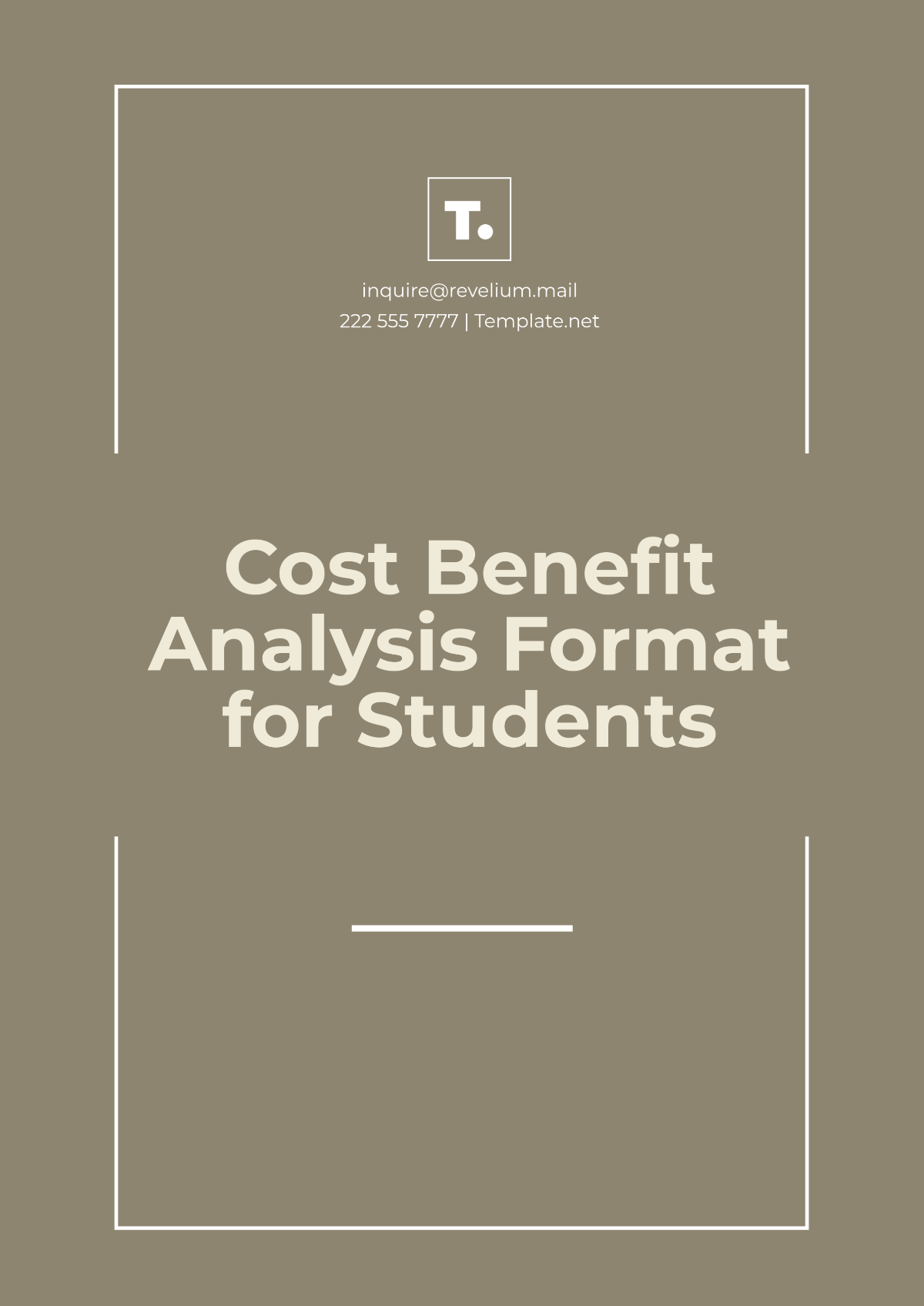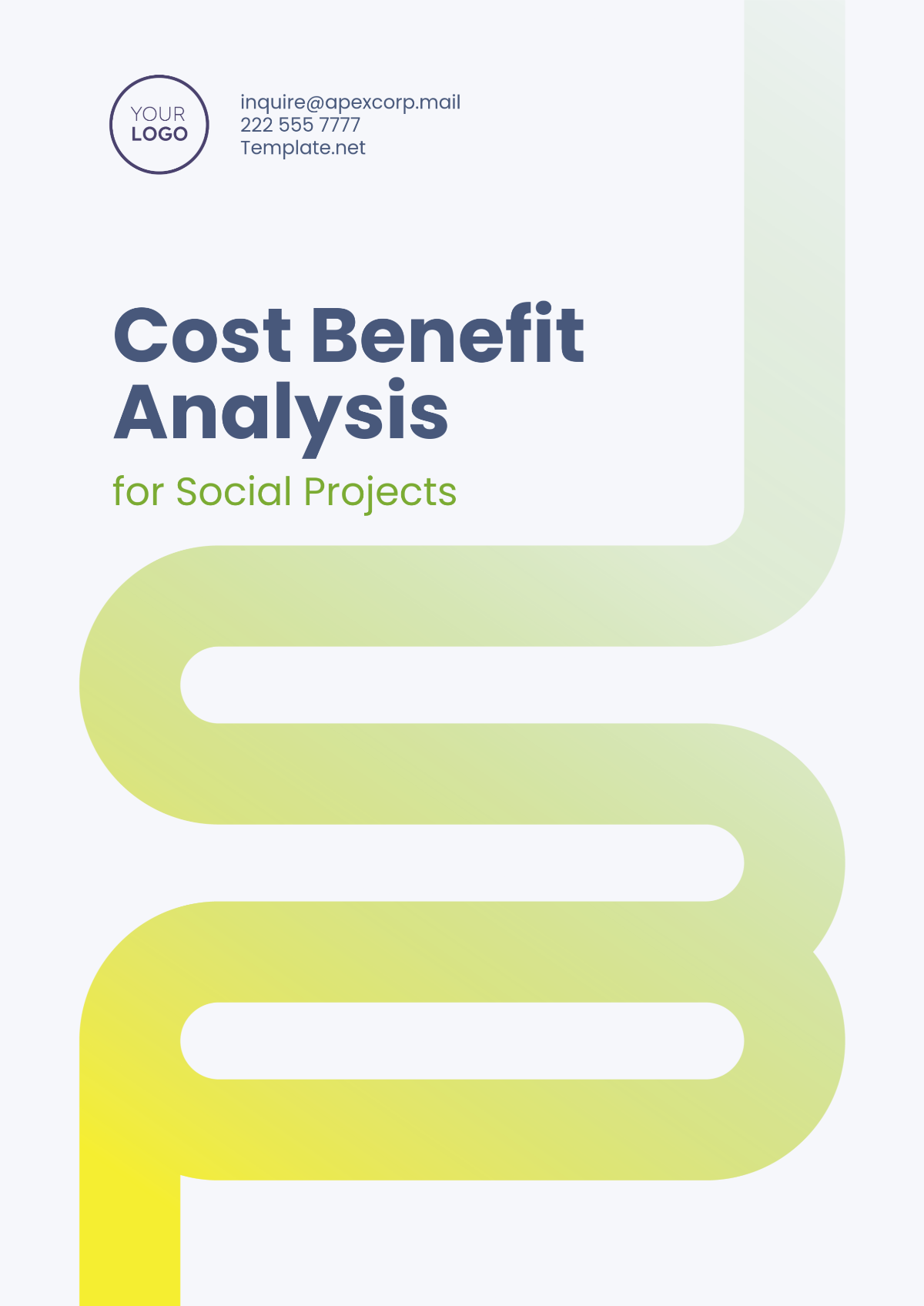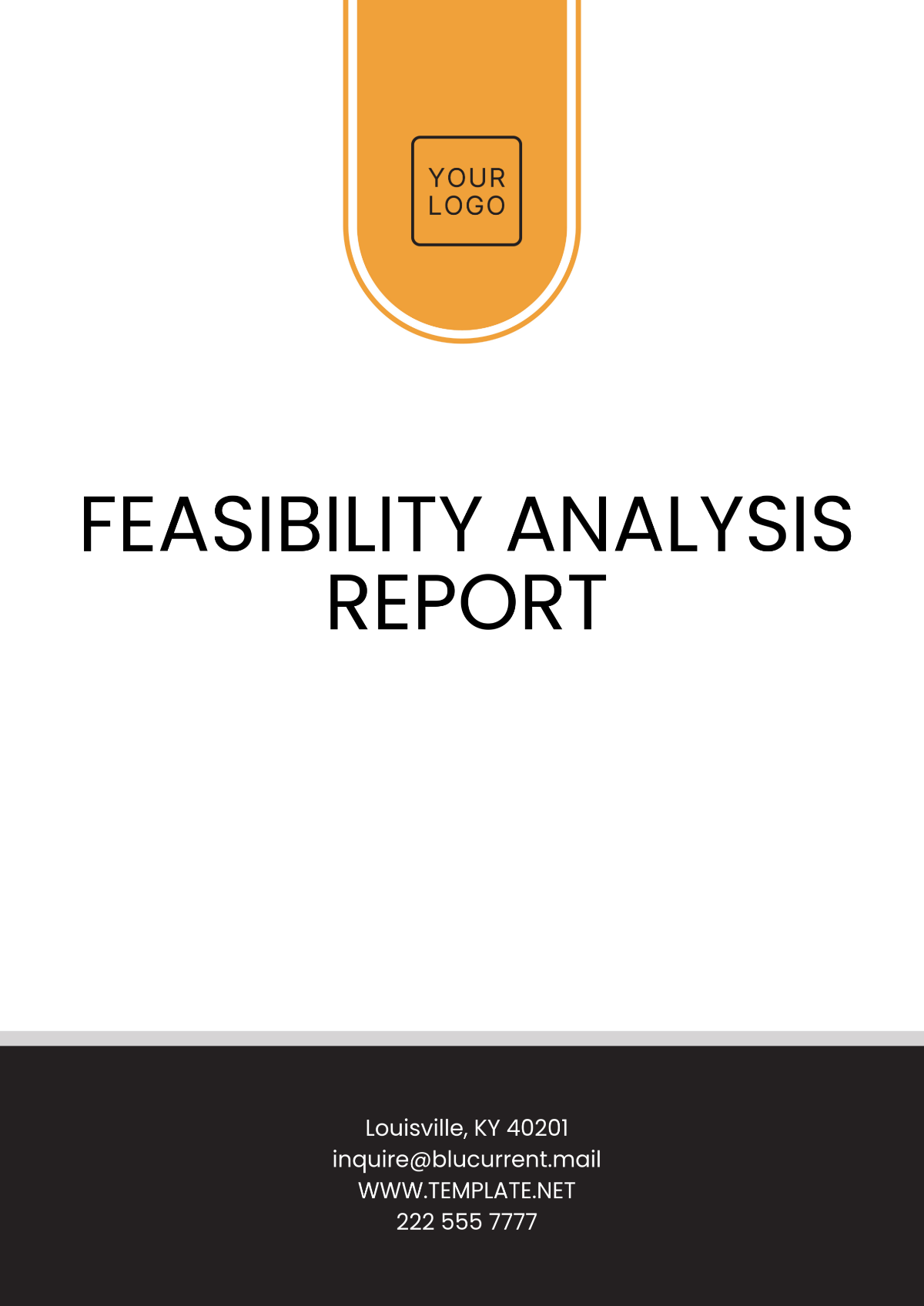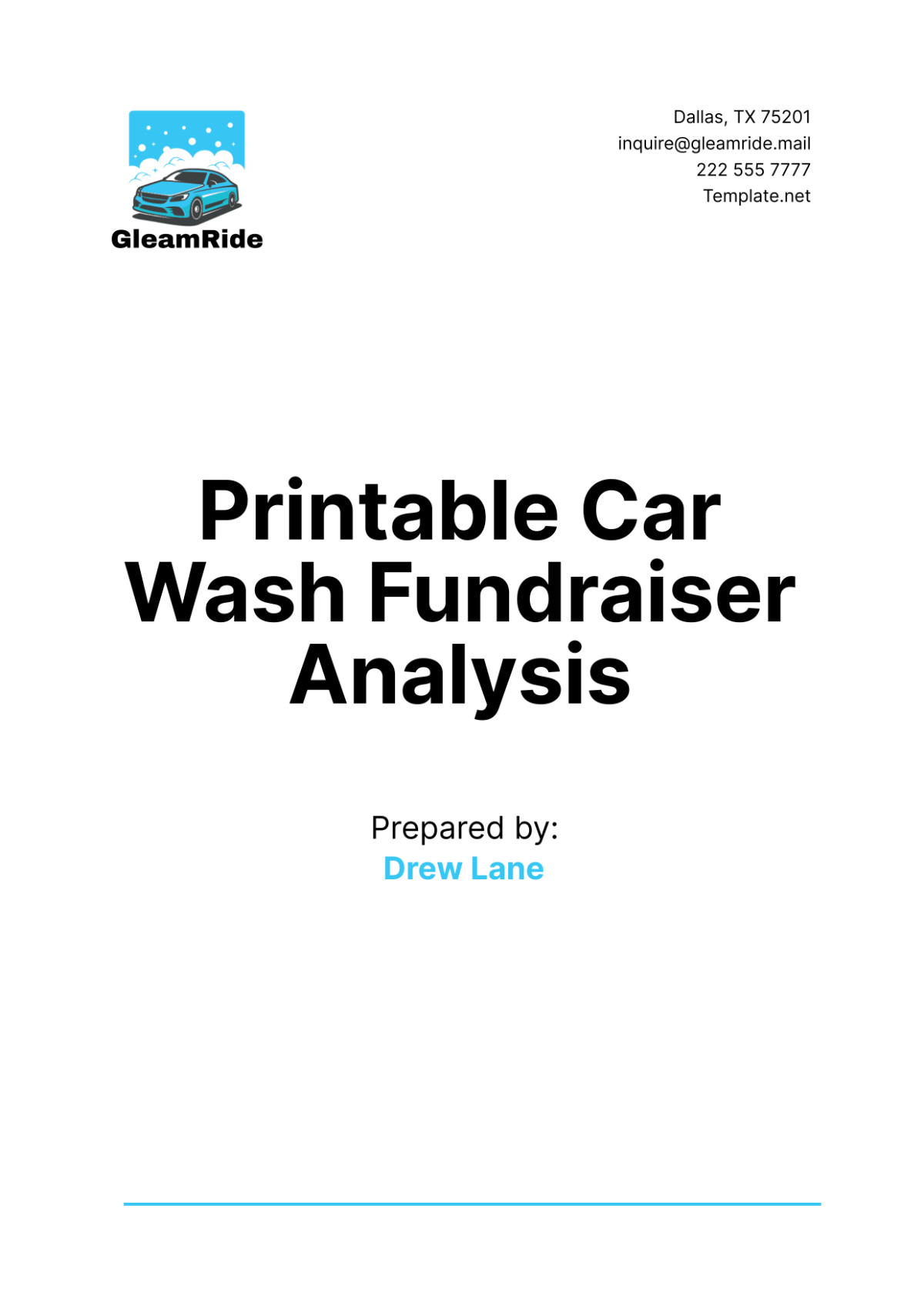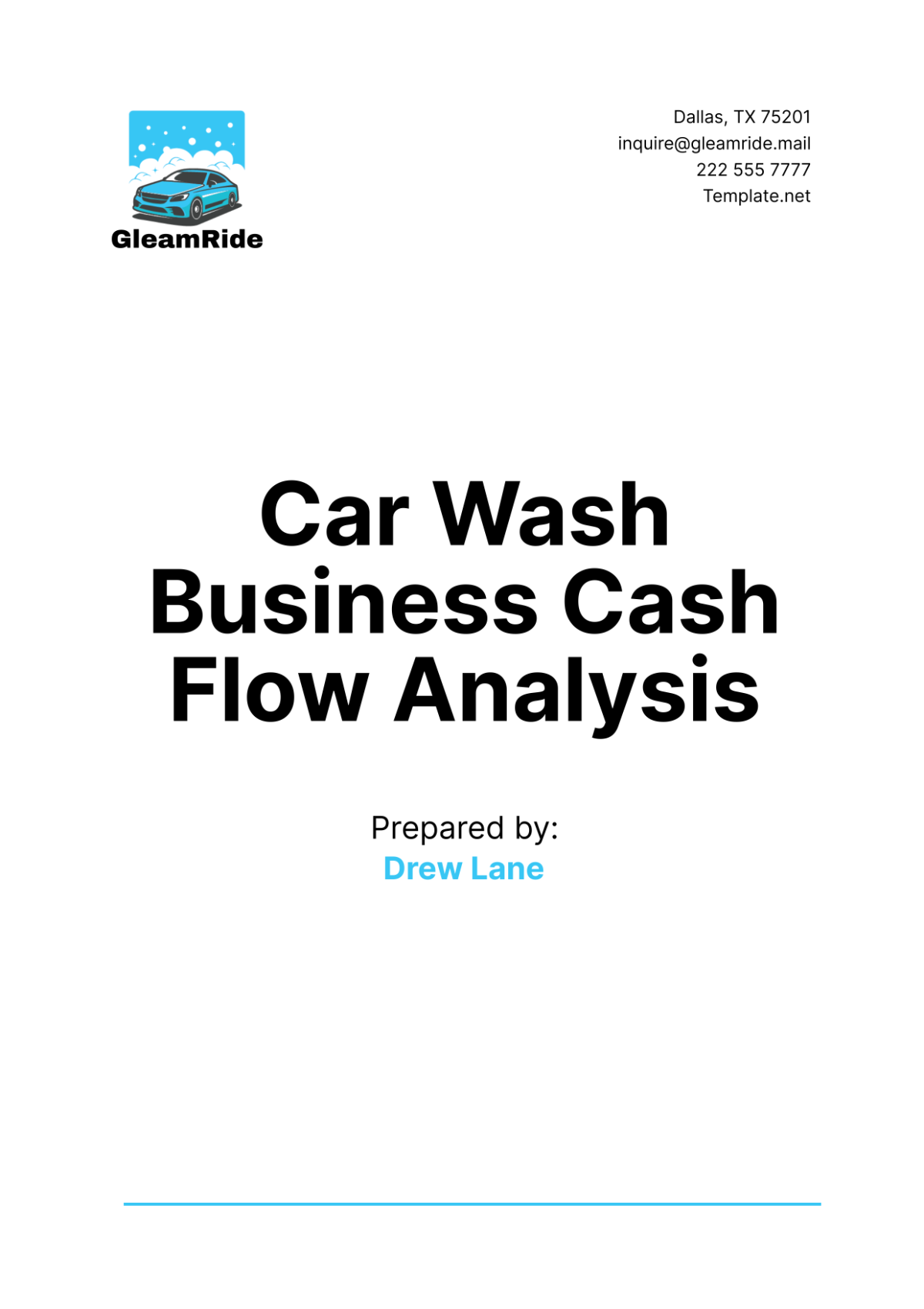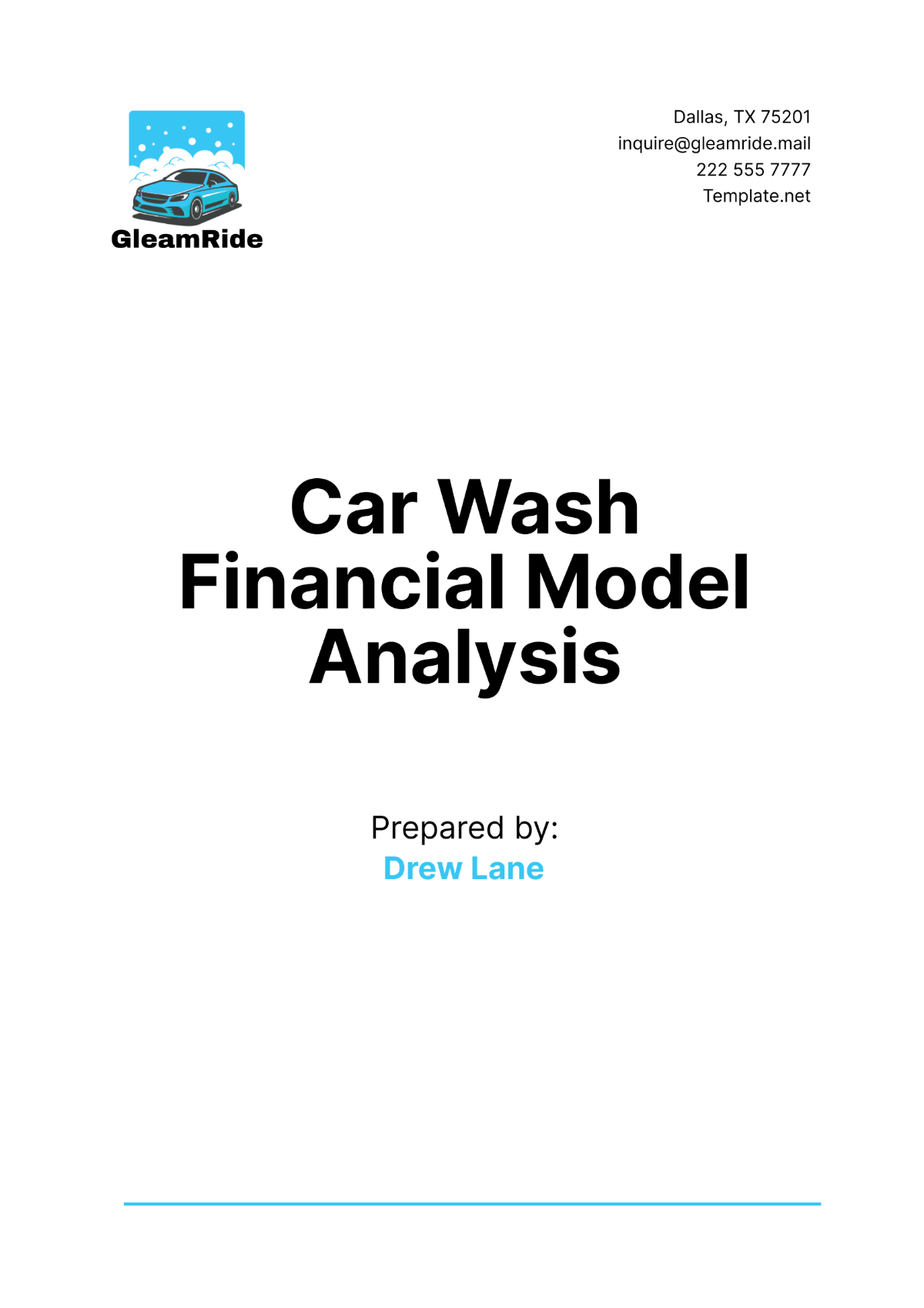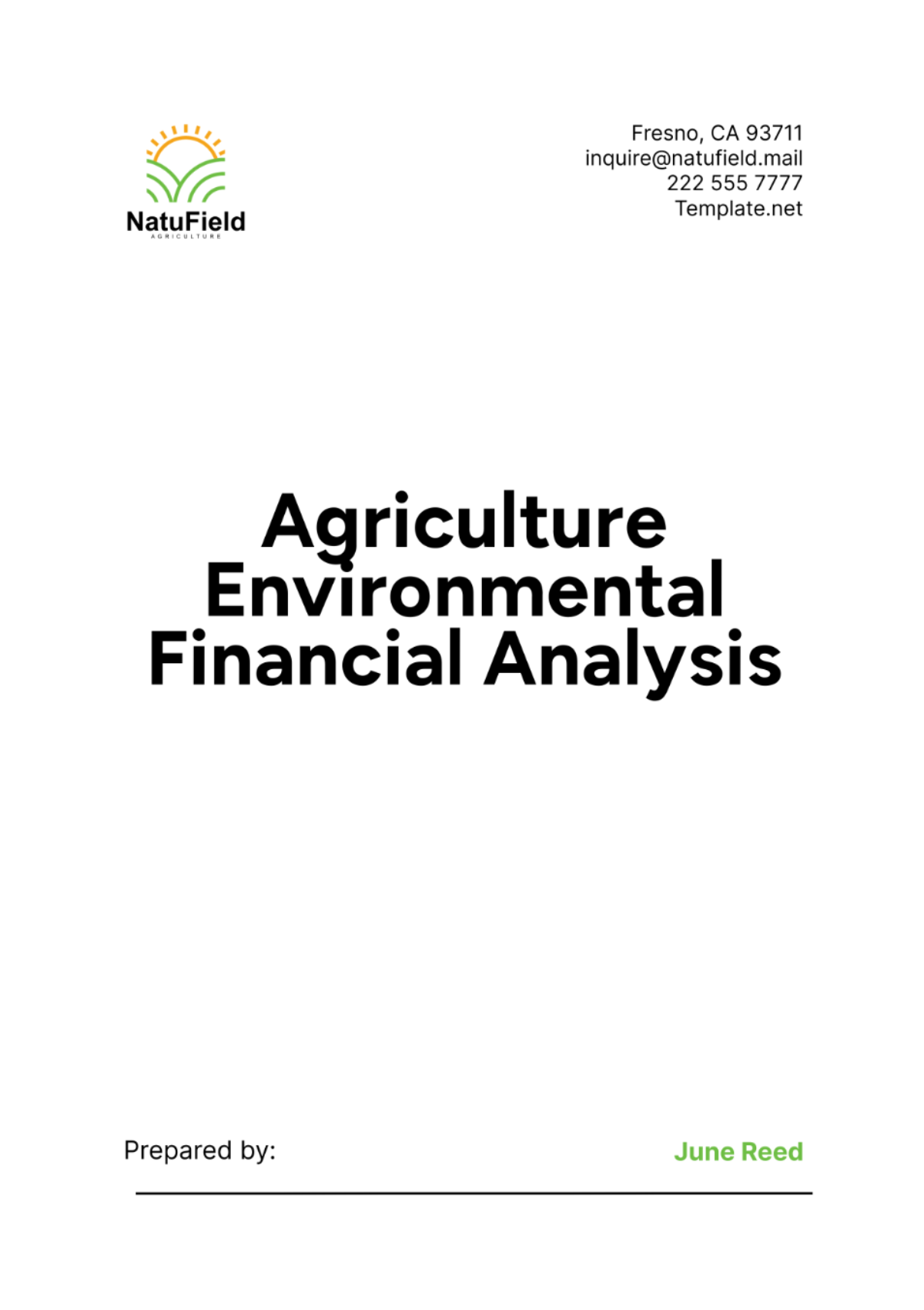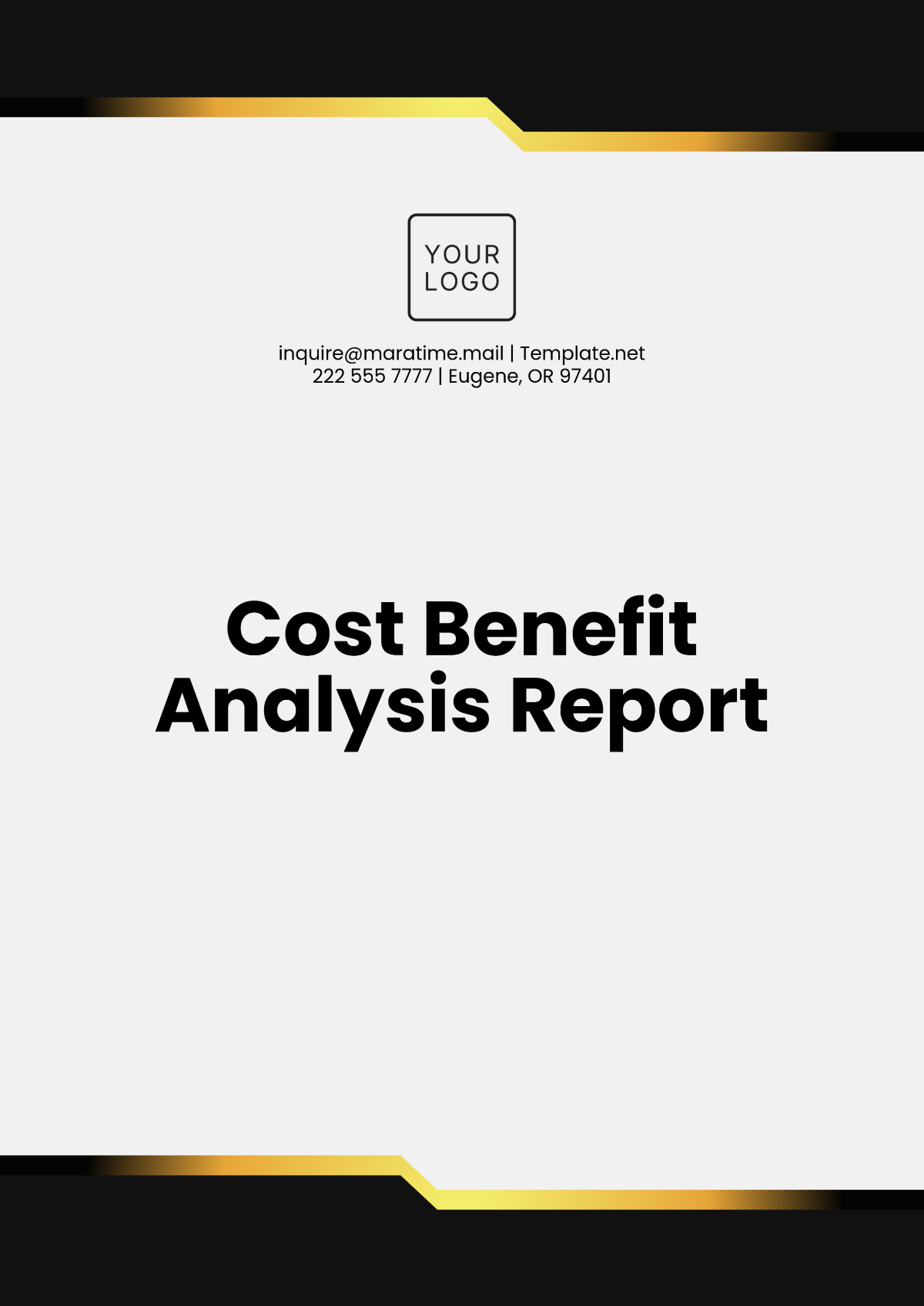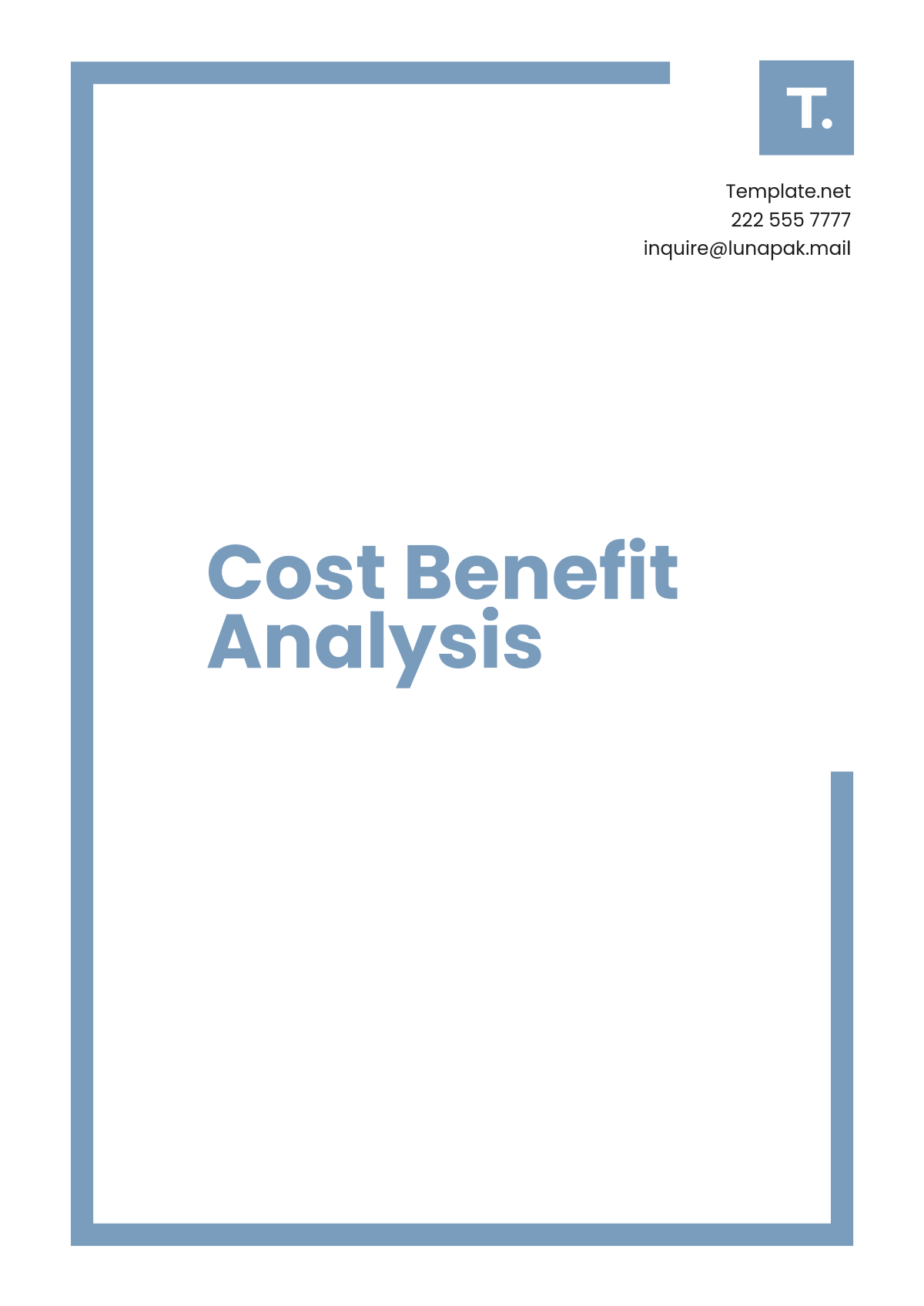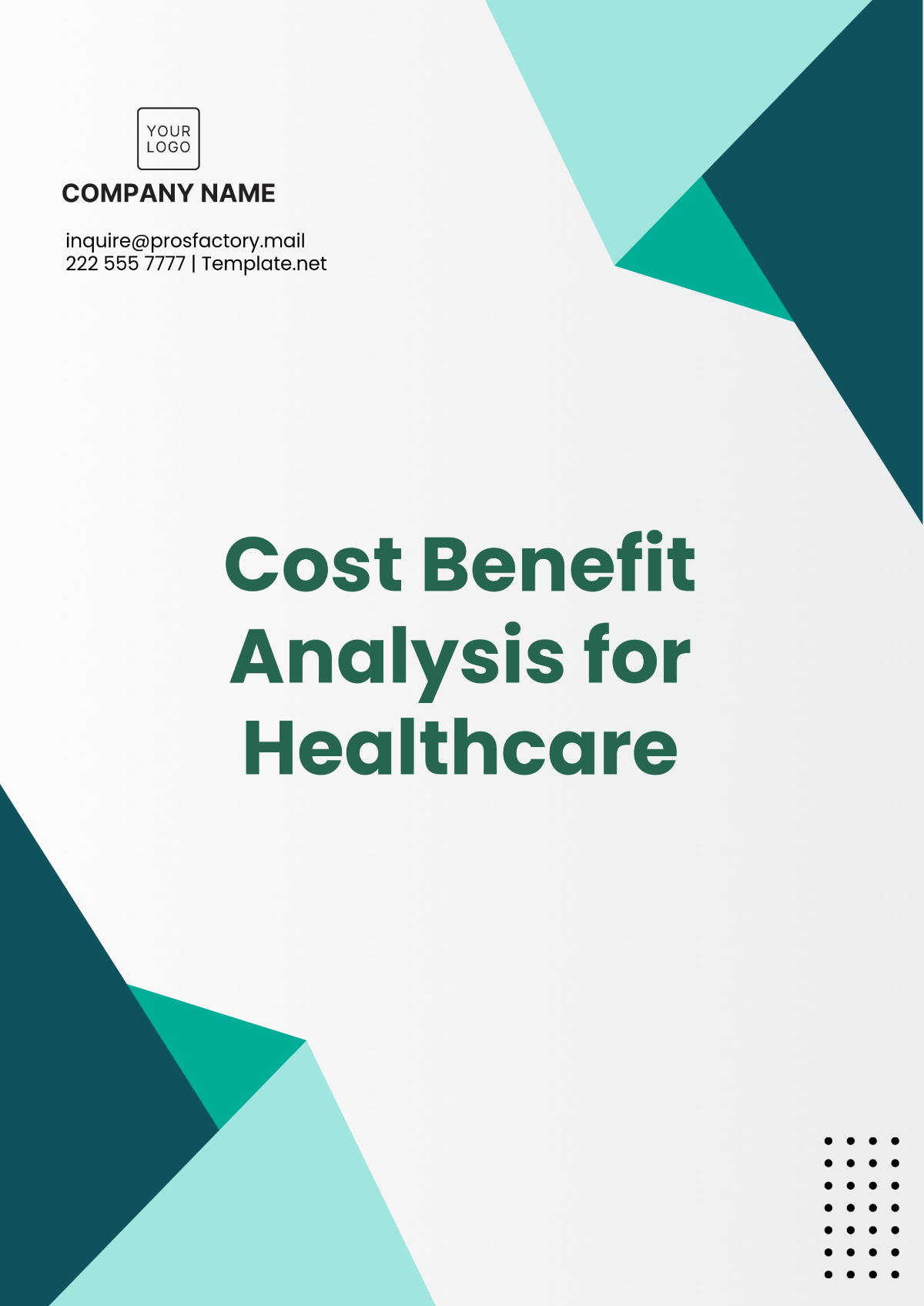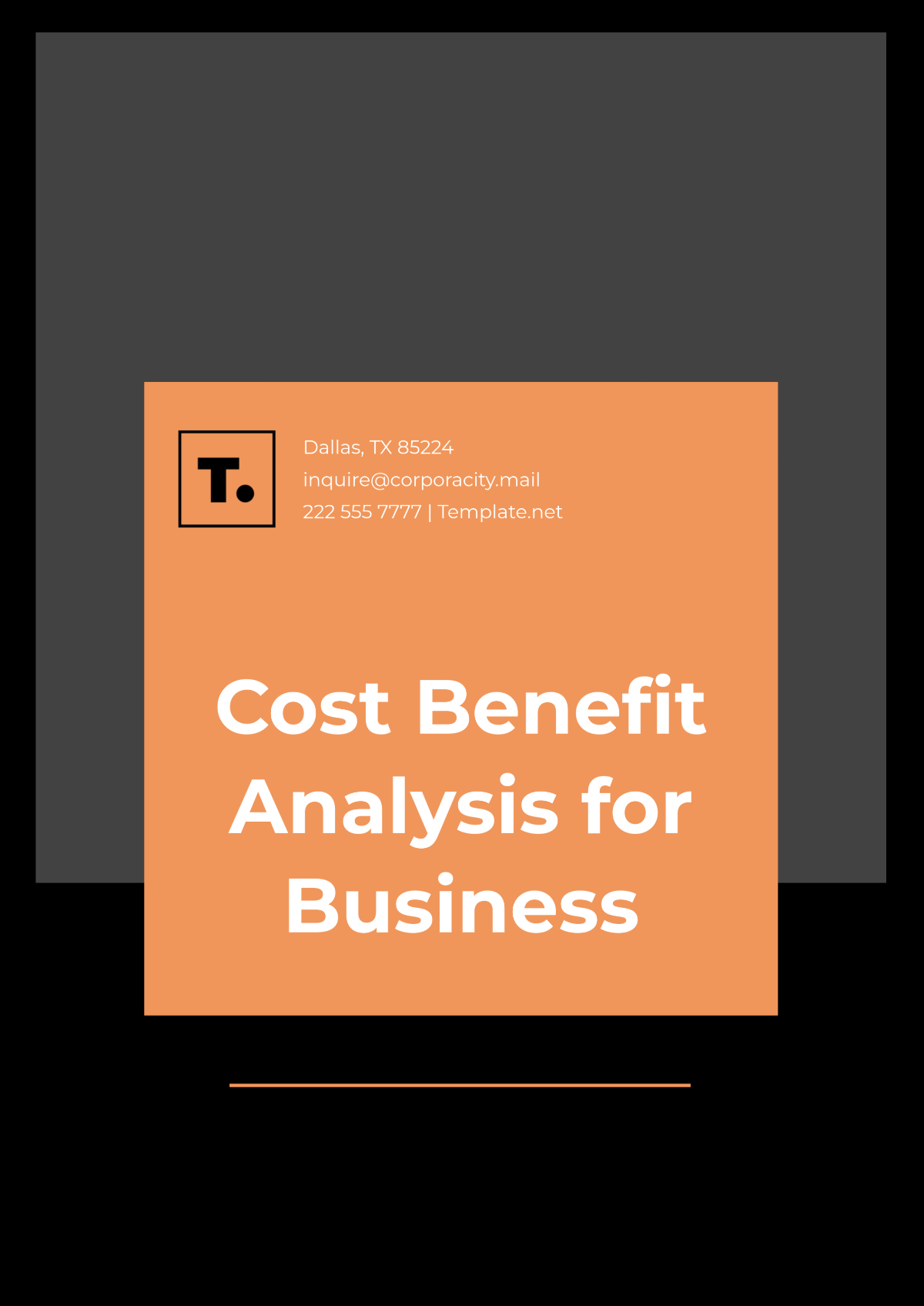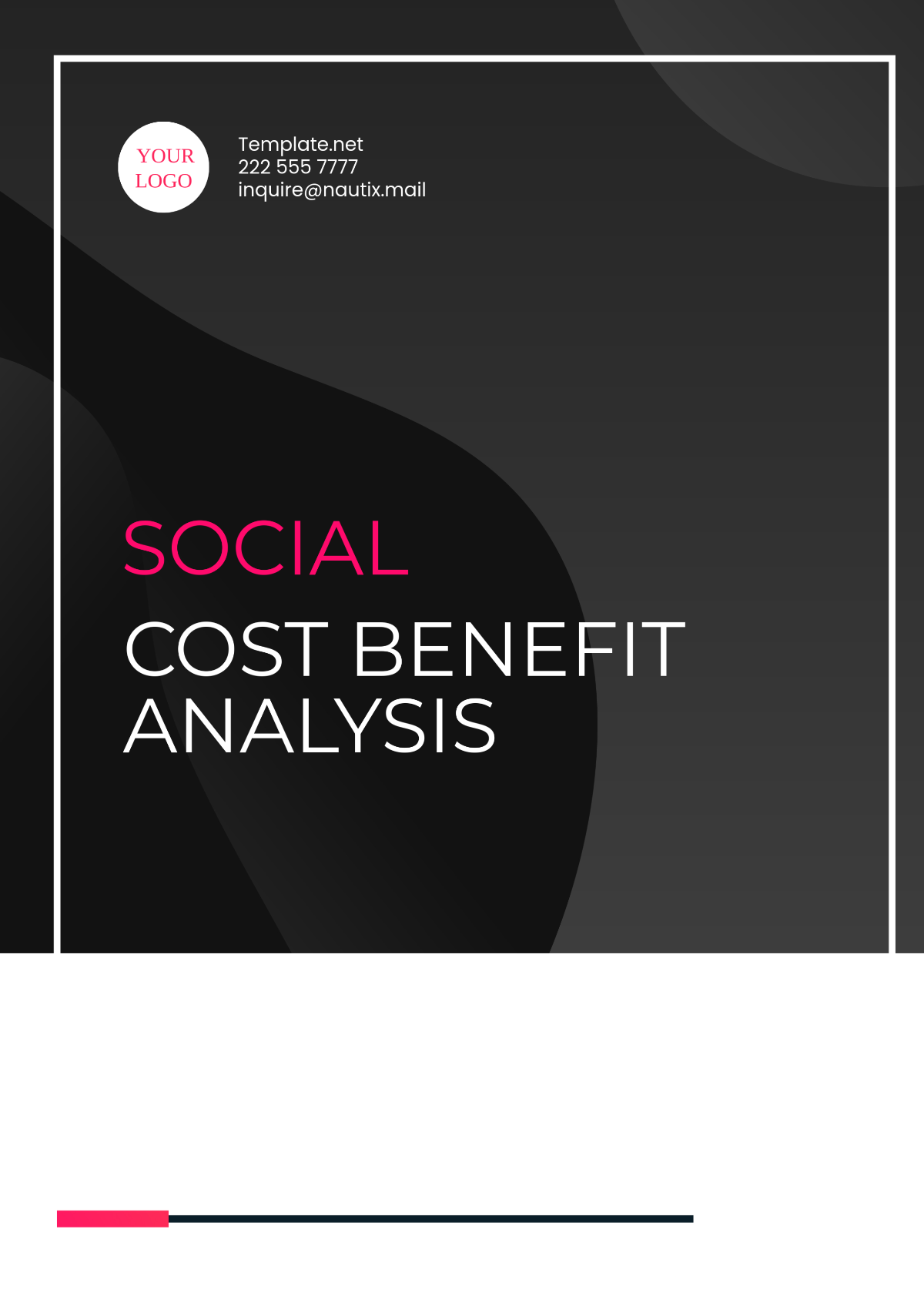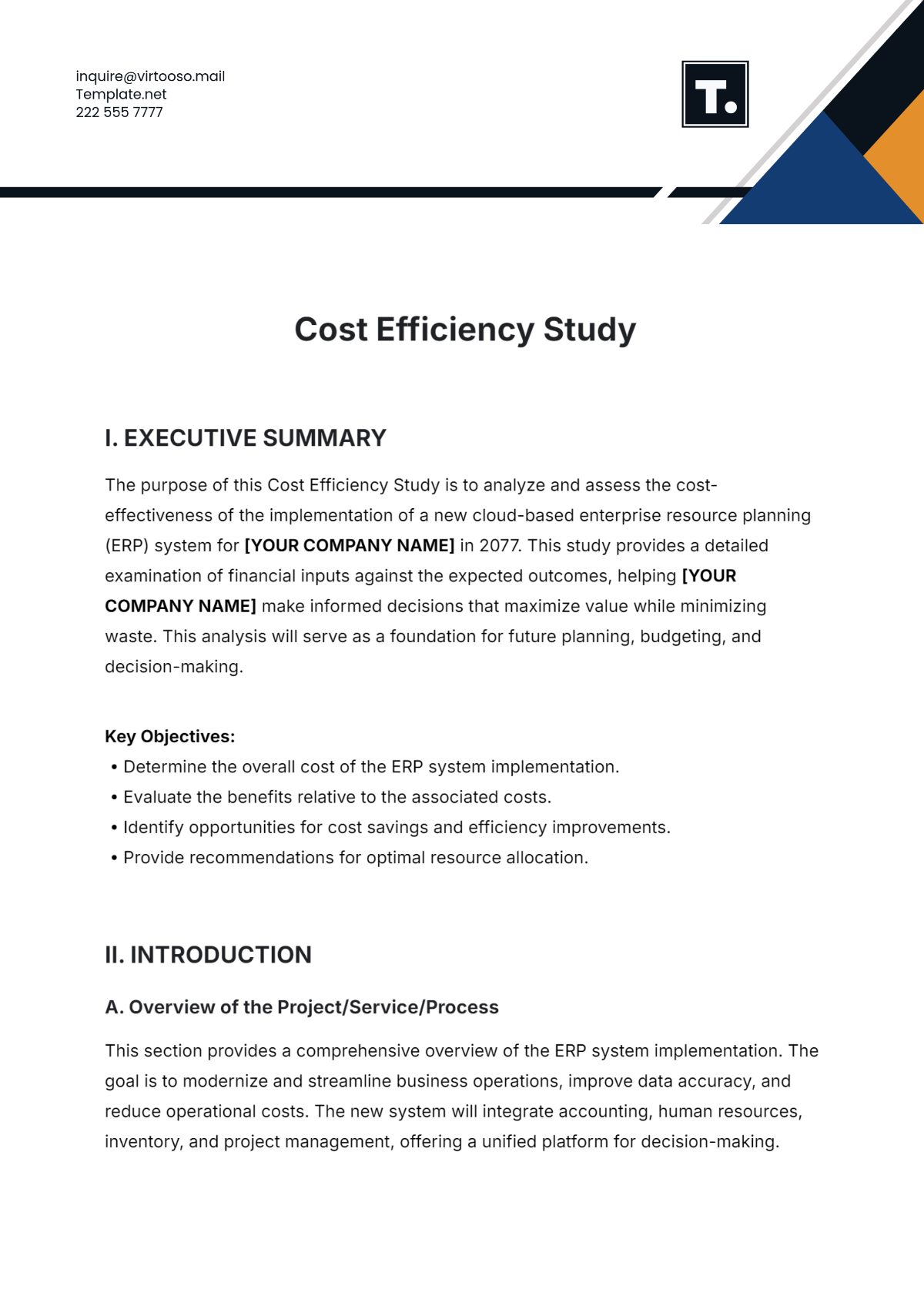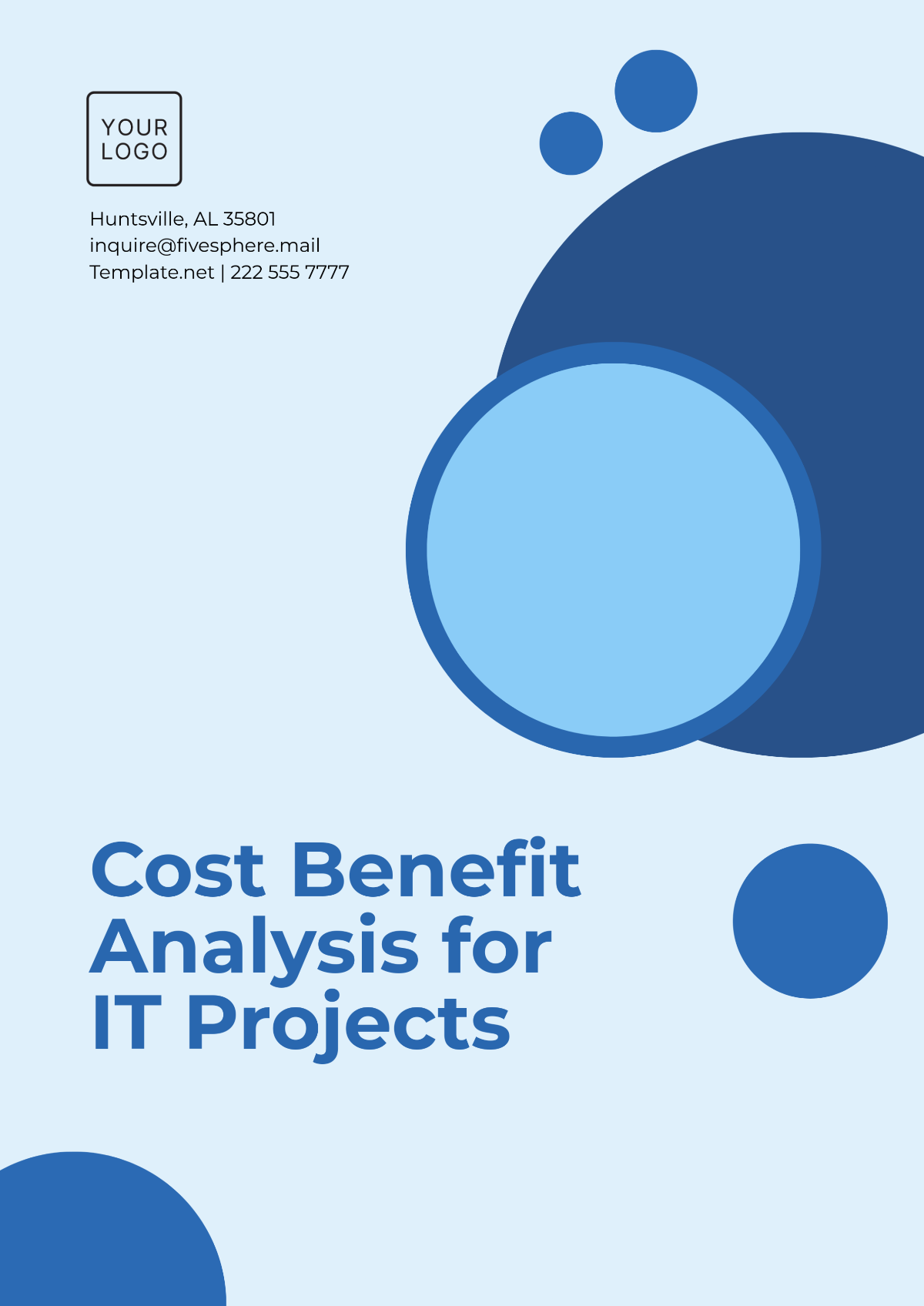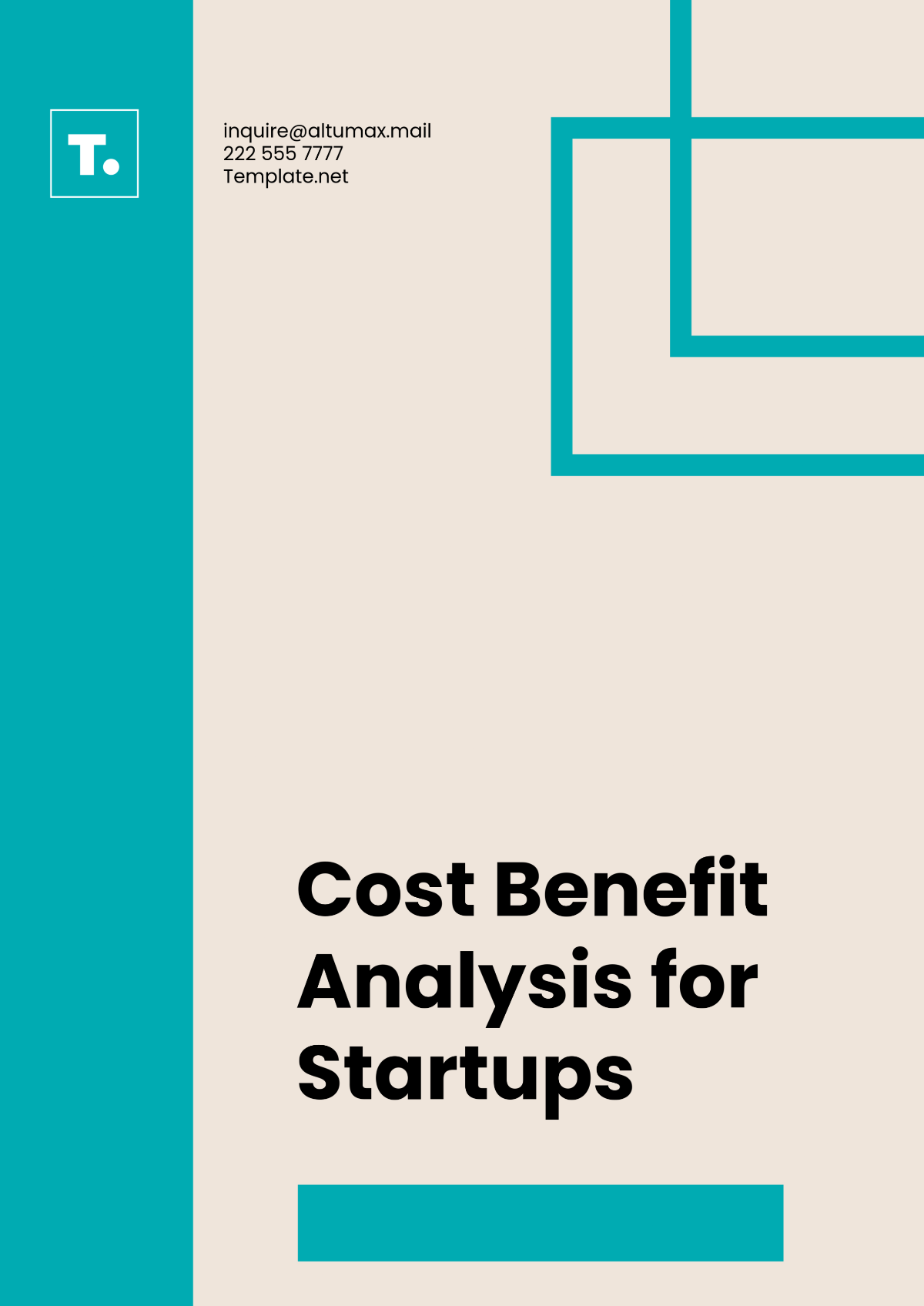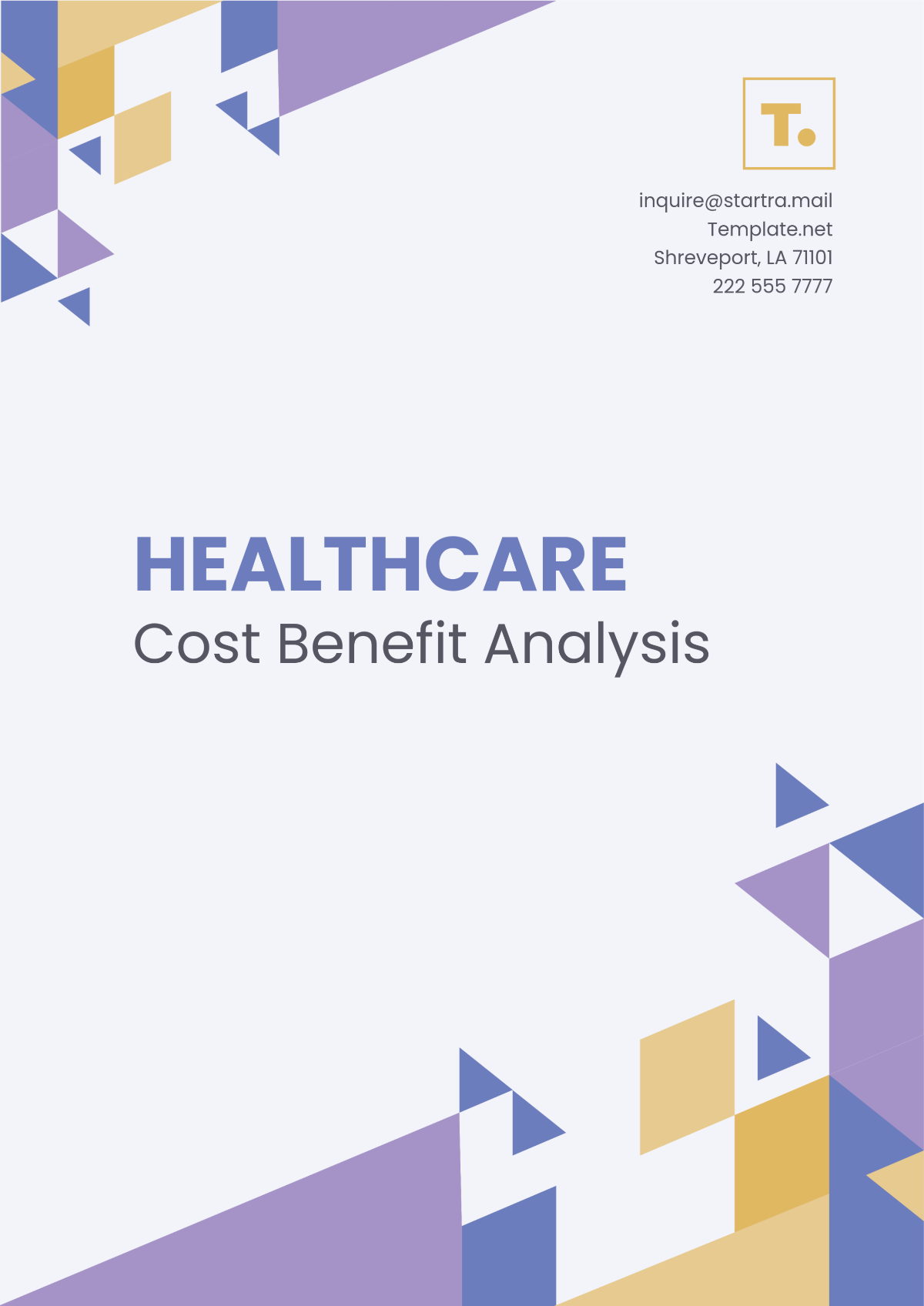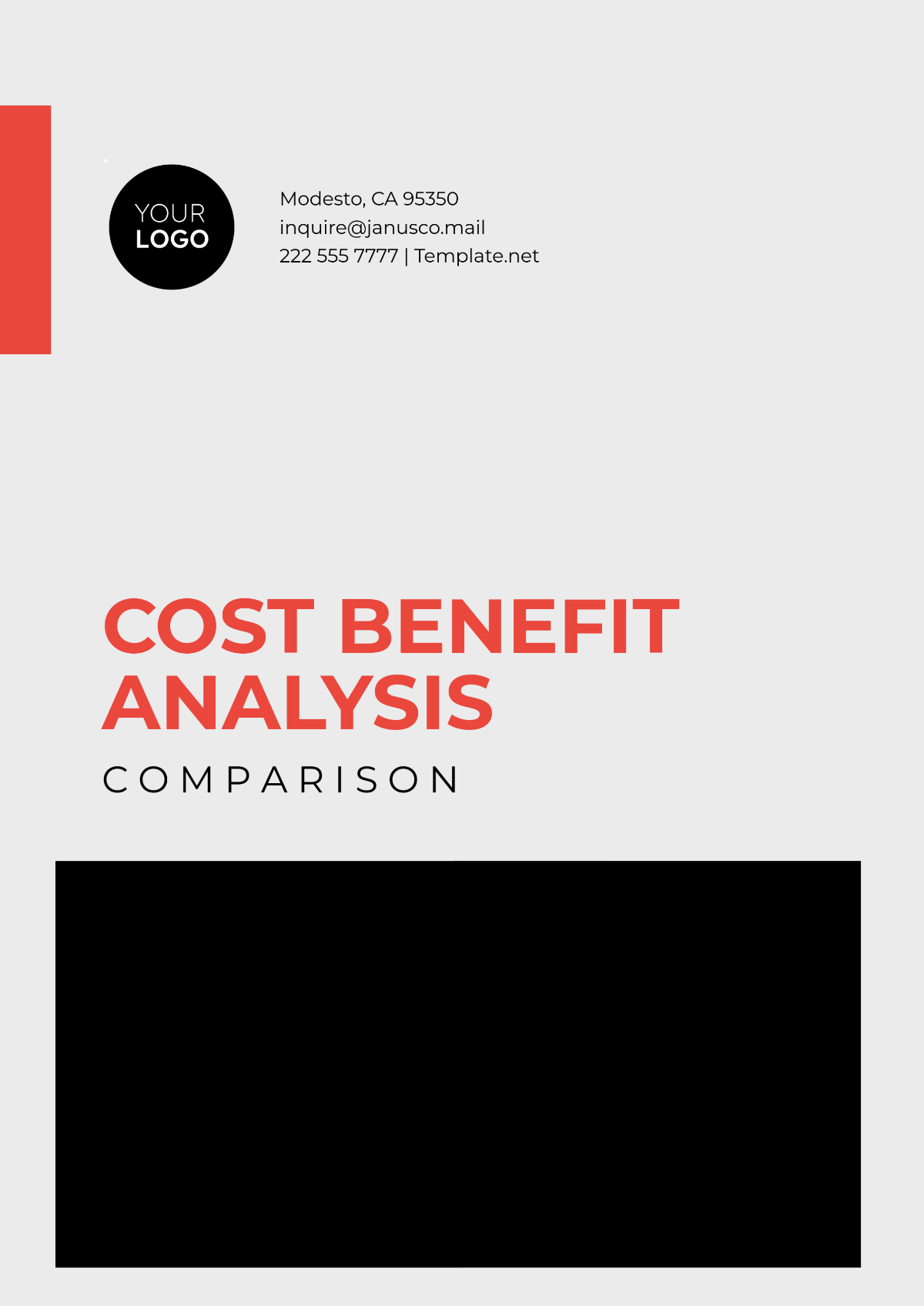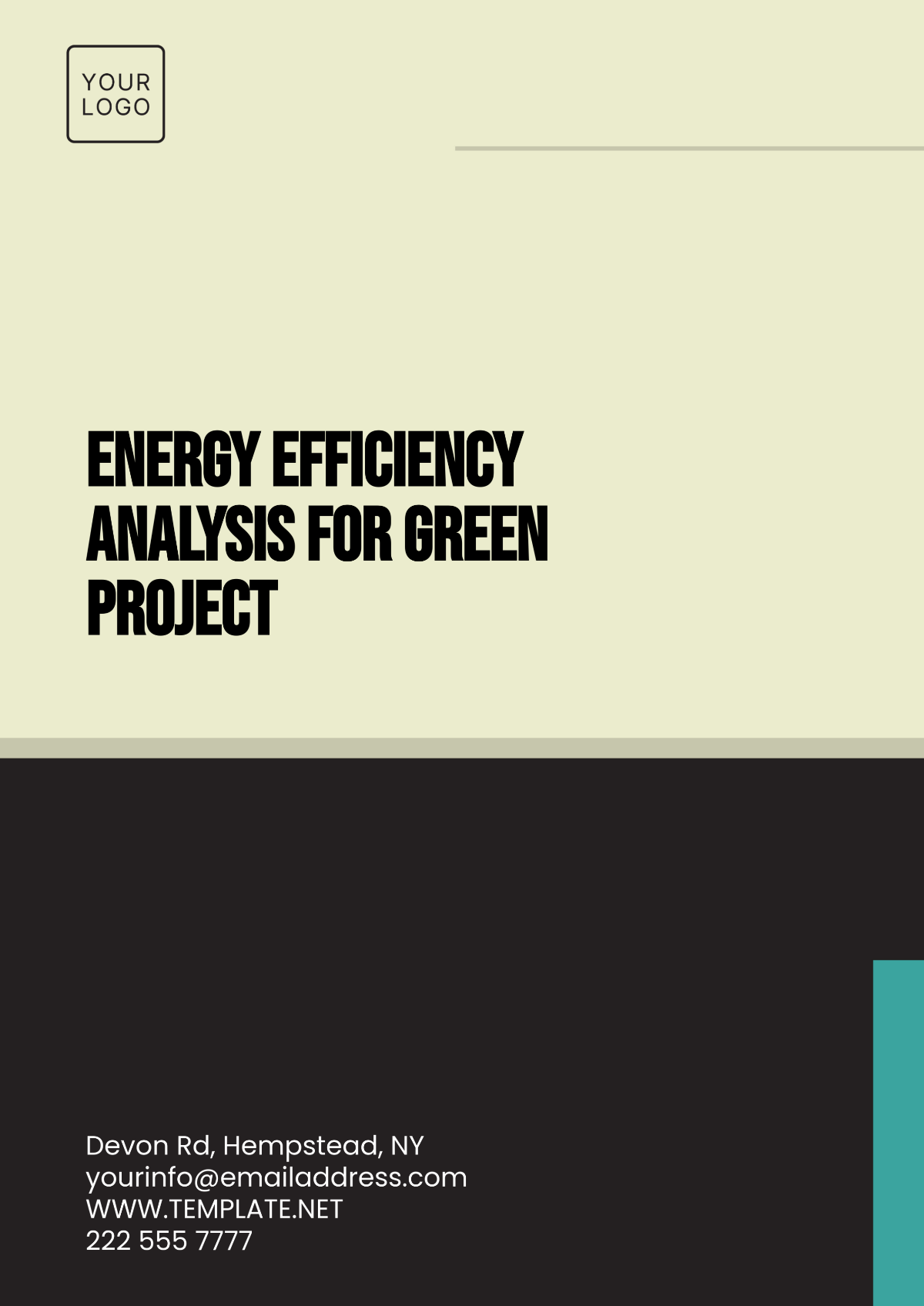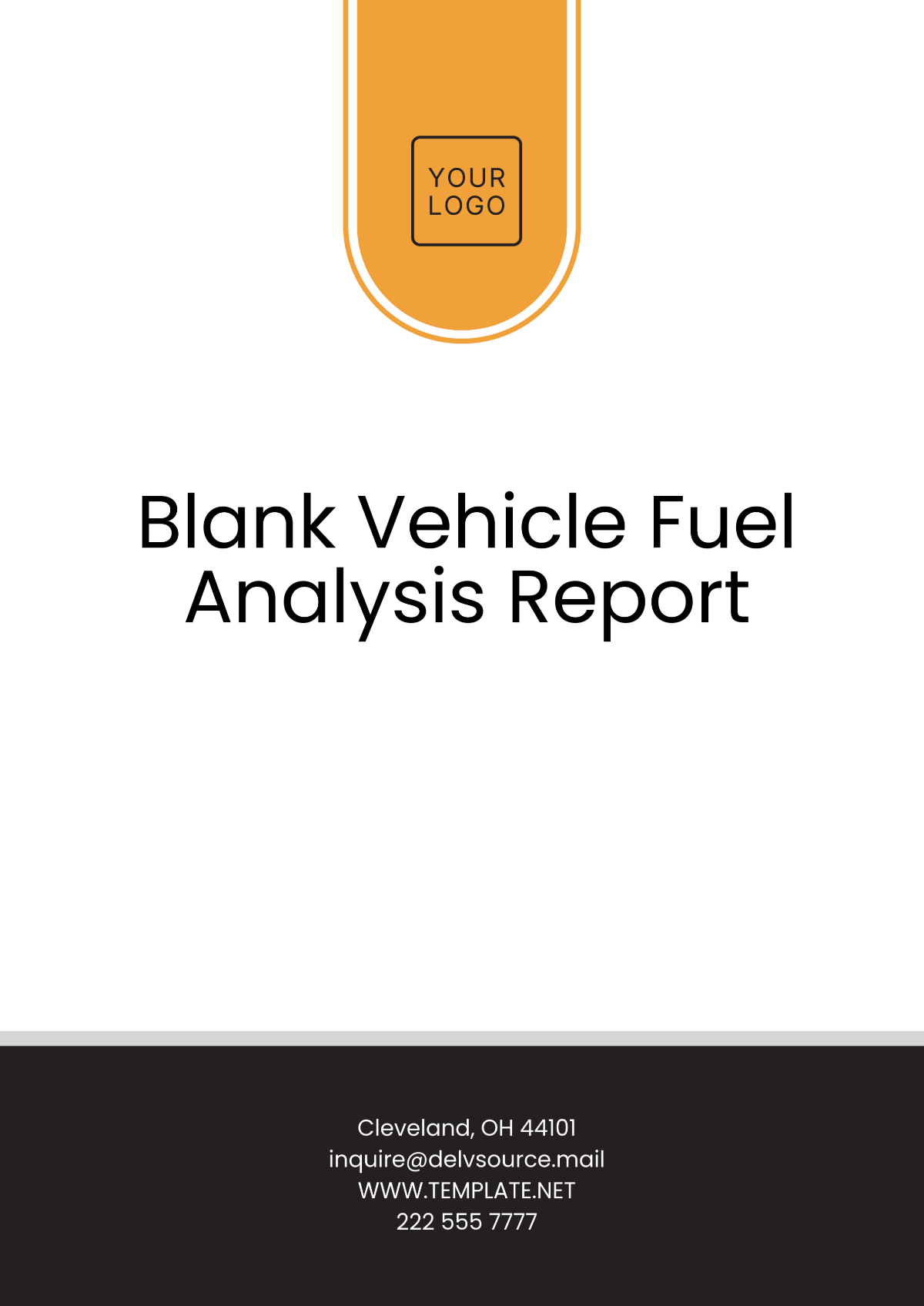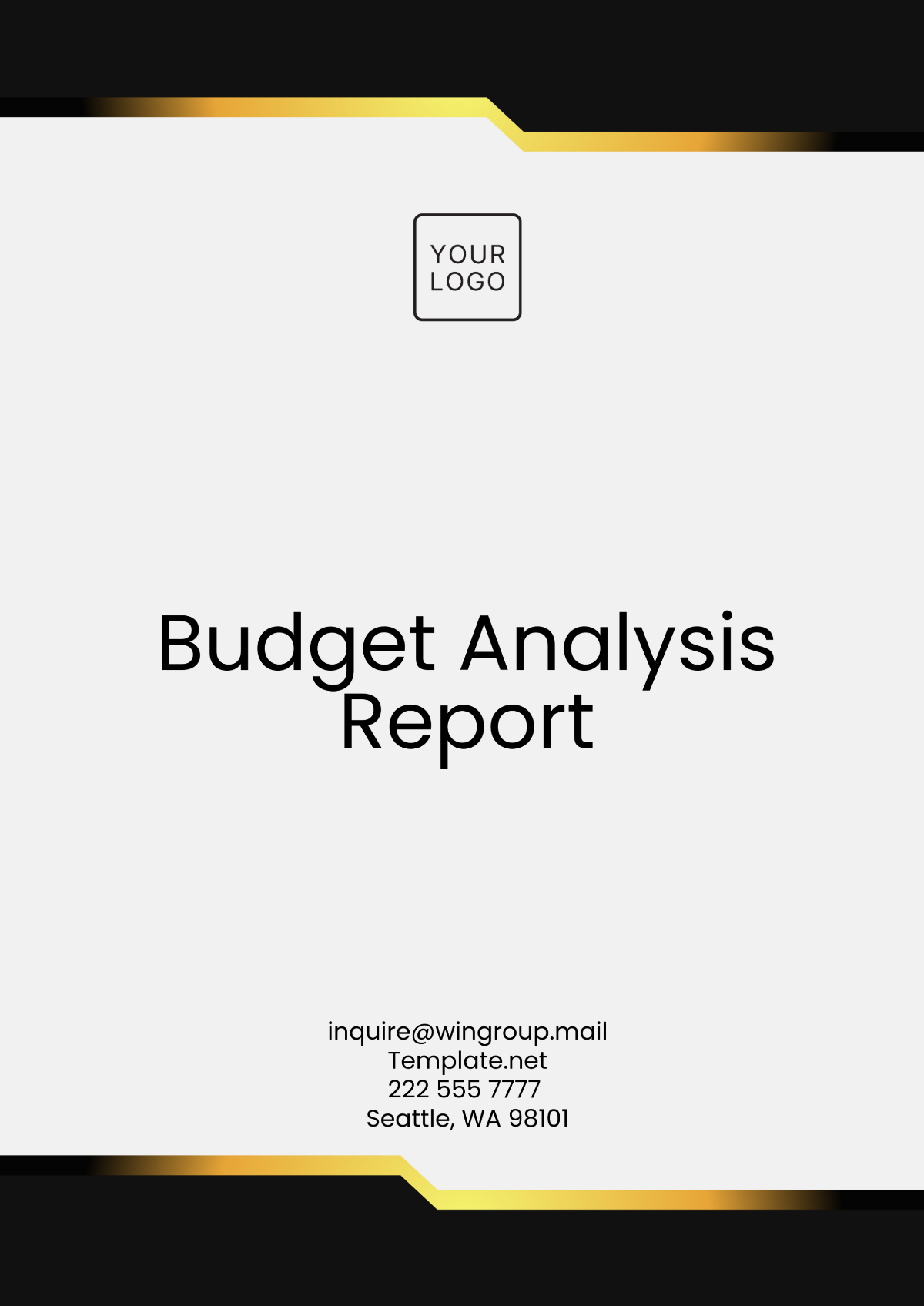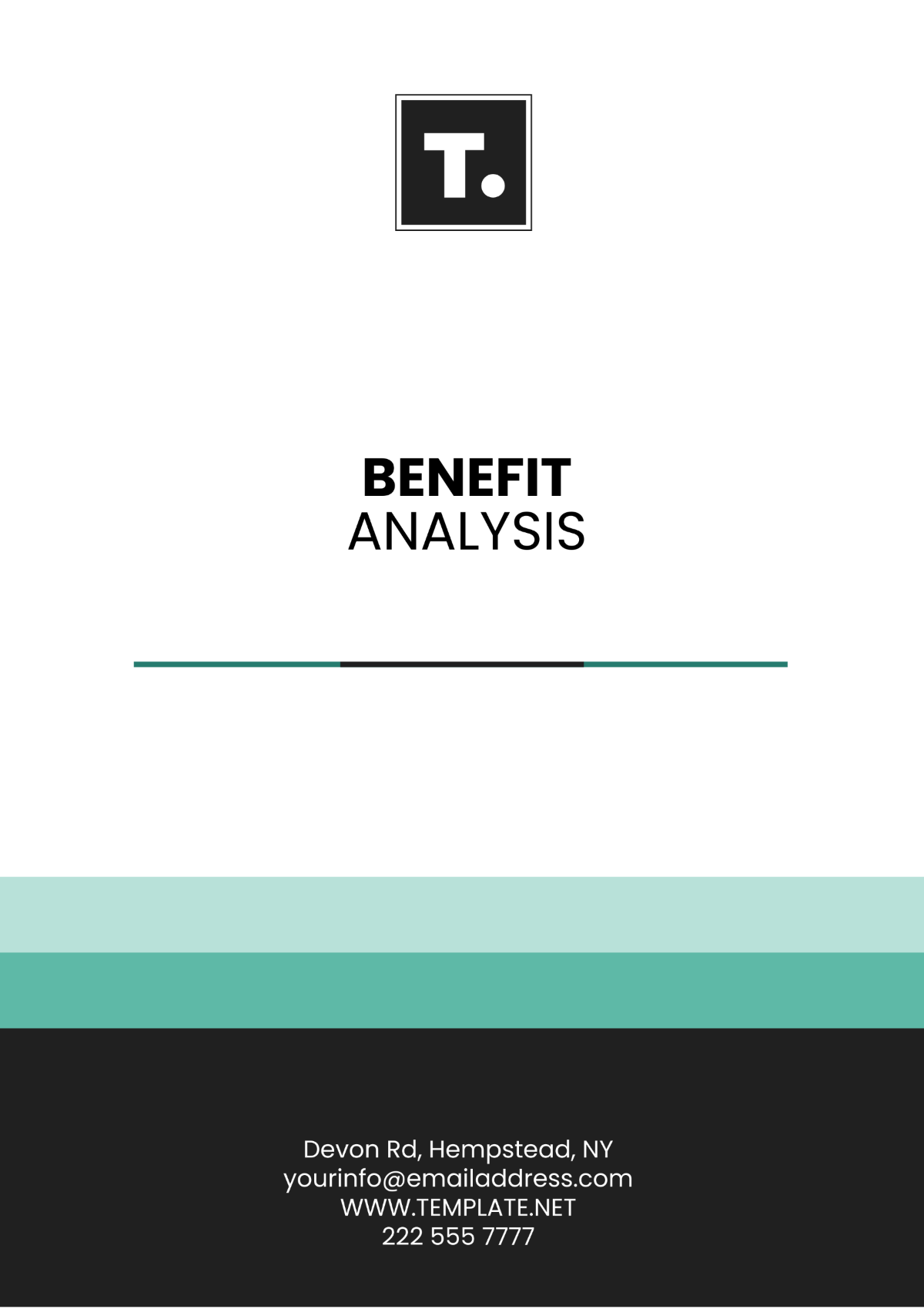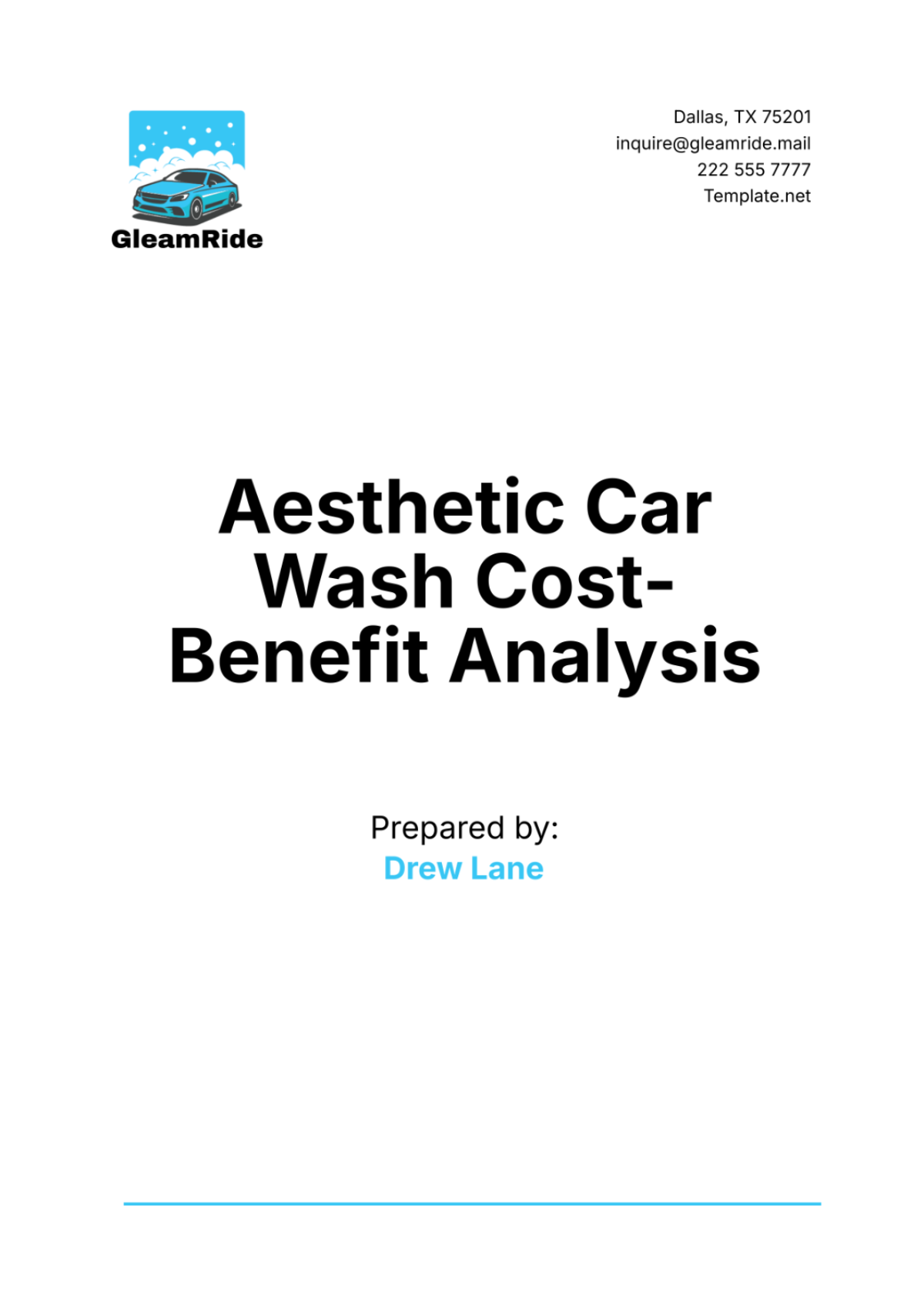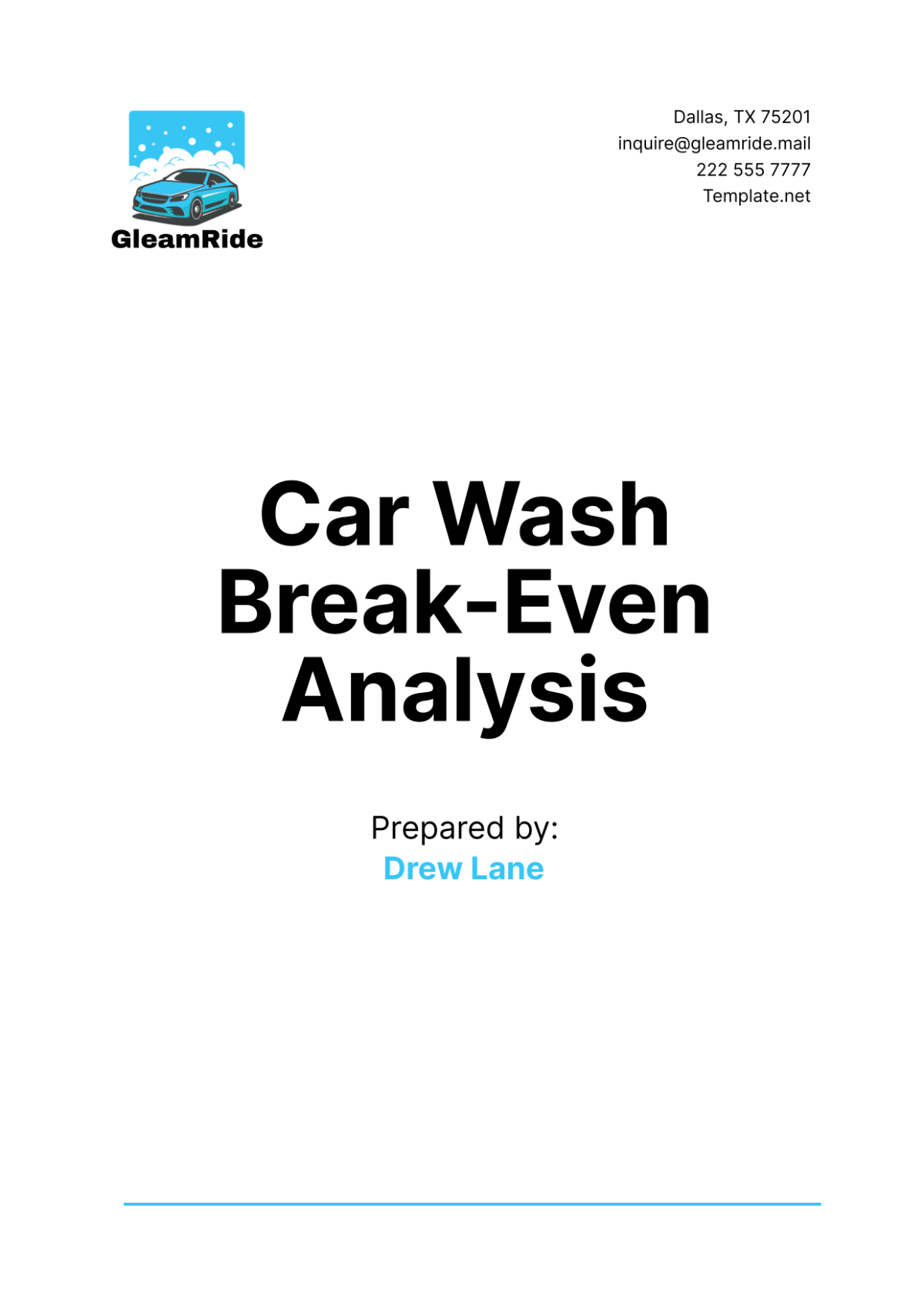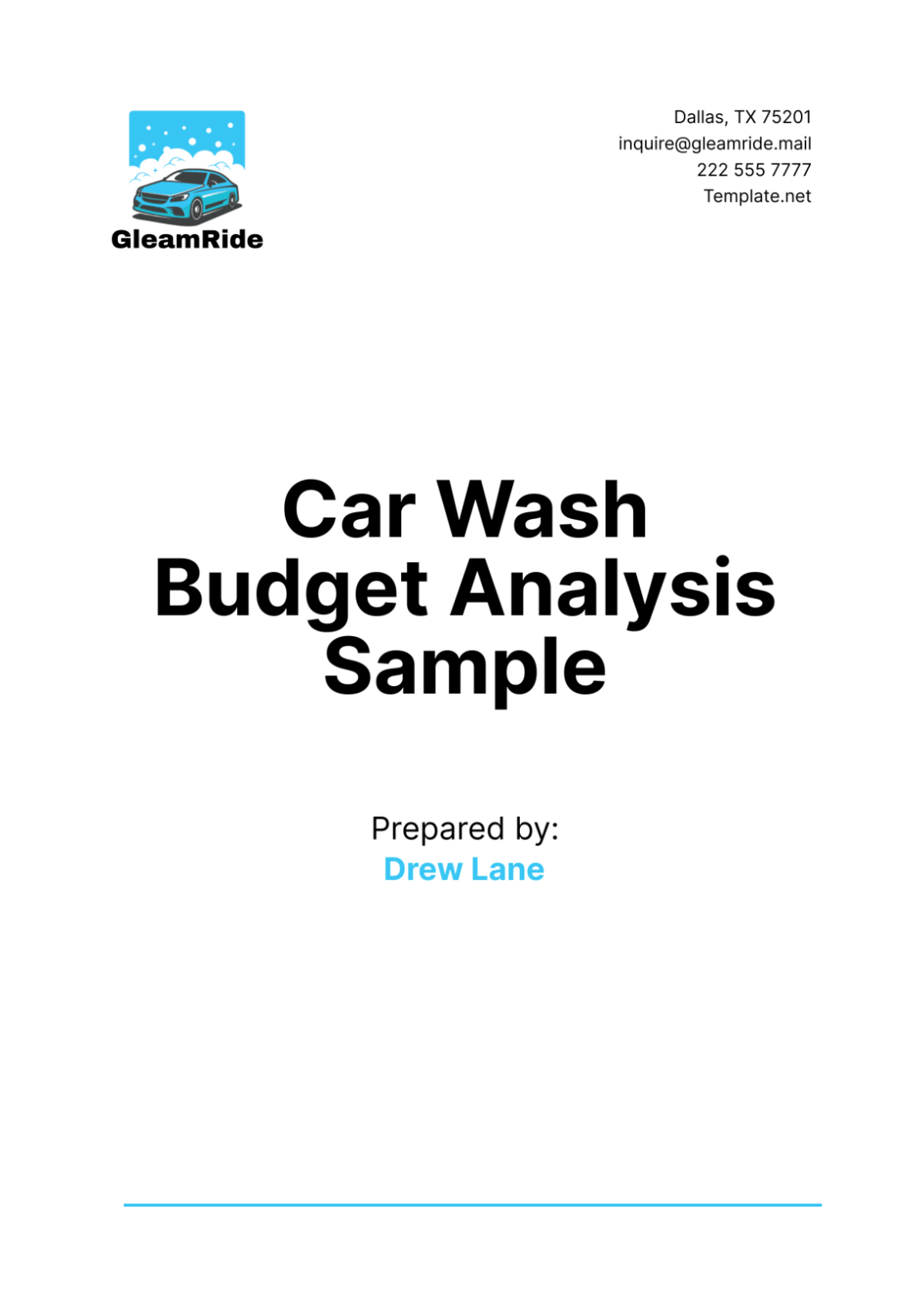Advertising In-Depth Campaign ROI Analysis Report
I. Executive Summary
The Advertising In-Depth Campaign ROI Analysis Report provides a comprehensive assessment of the return on investment (ROI) for our recent advertising campaign. This report presents the findings of our analysis, which focuses on the performance of our campaign, "[Your Company Name] [Spring Campaign 2050,"] conducted from [January 1, 2050, to March 31, 2050].
A. Campaign Objectives
Our primary objectives for this campaign were as follows:
Increase Brand Visibility: We aimed to enhance brand recognition and visibility in the market by achieving a 15% increase in brand awareness.
Lead Generation: Generating leads is a crucial part of our marketing strategy. Our goal was to acquire a minimum of 500 new leads through this campaign.
Positive ROI: Ensuring that our advertising efforts are financially viable, we set a target of achieving a minimum ROI of 10%.
II. Introduction
A. Background
[Your Company Name] is a leading provider of innovative widgets, serving a diverse customer base. In pursuit of our mission to expand our market presence and engage potential customers, we launched the "[Your Company Name] [Spring Campaign 2050."] This campaign was designed to create a buzz around our latest product line and establish [Your Company Name] as a top-of-mind choice for consumers.
The campaign, which ran for three months from [January to March 2050], featured a multi-channel approach, including online display ads, social media promotion, and targeted email marketing.
B. Objectives
Brand Visibility Increase
Our objective was to boost brand visibility by leveraging a mix of online channels. We aimed to achieve this by:
Increasing our social media reach and engagement by 20%.
Securing a minimum of 500,000 impressions across online display ads.
Achieving a 15% increase in website traffic compared to the previous quarter.
Lead Generation
To support our sales pipeline, we targeted lead generation as a primary campaign outcome. Our goal was to acquire a significant number of new leads:
Generating at least 500 new leads through landing pages and lead generation forms.
Nurturing leads with tailored email campaigns to encourage conversions.
Positive ROI
We understand the importance of effective cost management in our advertising efforts. To ensure the campaign's financial viability, our target was to achieve a positive ROI of at least 10%. This means that for every dollar spent, we aimed to generate at least $1.10 in revenue.
III. Methodology
A. Data Collection
For this analysis, we collected data from multiple sources to gain a comprehensive view of our campaign's performance. The data sources included:
Google Analytics: Providing insights into website traffic, user behavior, and conversion tracking.
Facebook Ads Manager: Offering data on social media ad performance and audience engagement.
Email Marketing Platform: Tracking email campaign metrics, including open rates, click-through rates, and conversions.
Cost Data: Gathering detailed expenditure information for each advertising channel.
Data was collected over the campaign's three-month duration and segmented for analysis.
B. Data Analysis
Our data analysis process involved several steps:
Data Cleaning: Ensuring data accuracy by removing duplicates and correcting any inconsistencies.
Metric Calculation: Calculating key performance indicators (KPIs) such as click-through rate (CTR), conversion rate, and ROI.
Comparison: Comparing campaign metrics against predefined benchmarks and objectives.
Visualization: Creating charts and graphs to visualize campaign trends and results.
IV. Campaign Overview
A. Campaign Details
Our advertising campaign, "[Your Company Name] [Spring Campaign 2050,"] was meticulously planned and executed to maximize our brand's impact. Here are the key details of the campaign:
Campaign Name: [Your Company Name] [Spring Campaign 2050]
Duration: [January 1, 2050, to March 31, 2050]
Budget: $150,000
Creative Agency: [Your Partner Company Name]
Advertising Platform: A combination of online and offline channels.
Creative Agency: We collaborated with [Your Partner Company Name], a renowned creative agency with expertise in crafting compelling ad creatives. Their involvement ensured that our campaign visuals and messaging were highly engaging and aligned with our brand's identity.
Advertising Platform: Our campaign utilized a mix of online and offline channels to reach our target audience effectively. These channels included online display ads, social media platforms such as Facebook and Instagram, and targeted email marketing to our subscriber list.
B. Target Audience
To effectively engage our target audience, we defined a clear and specific audience profile. Our target audience for the "[Your Company Name] [Spring Campaign 2050"] consisted of:
Demographics: Adults aged [25-45], both male and female, with an interest in innovative home and lifestyle products.
Geographic Focus: Initially, we concentrated on metropolitan areas, with plans to expand to suburban regions in the later stages of the campaign.
Interests: Individuals interested in technology, home improvement, and lifestyle enhancement.
V. Advertising Channels
A. Channel Selection
Our campaign strategically utilized a combination of advertising channels to ensure maximum reach and engagement with our target audience. The selected channels included:
Online Display Ads: We invested a significant portion of our budget in online display ads, leveraging popular websites and platforms to showcase our products.
Social Media Advertising: To engage with a broader online audience, we ran sponsored ads on Facebook and Instagram, targeting users based on their interests and demographics.
Email Marketing: Utilizing our subscriber list, we executed a series of email campaigns with personalized product recommendations and exclusive offers.
B. Budget Allocation
Budget allocation was a crucial aspect of our campaign strategy. Here is a breakdown of our budget allocation for each advertising channel:
Advertising Channel | Budget Allocation |
Online Display Ads | $70,000 |
Social Media Advertising | $45,000 |
Email Marketing | $35,000 |
We allocated a significant portion of our budget to online display ads, recognizing their potential to drive both brand visibility and direct conversions. Social media advertising and email marketing received substantial investments due to their effectiveness in targeting and engaging our audience.
VI. Key Performance Indicators (KPIs)
A. KPI Selection
Our campaign's success was evaluated based on several key performance indicators (KPIs), each serving as a crucial measure of our progress:
Click-through Rate (CTR): Measuring the percentage of users who clicked on our ad after seeing it.
Conversion Rate: Assessing the percentage of users who completed a desired action, such as making a purchase or signing up.
Return on Investment (ROI): Determining the profitability of the campaign by calculating the ratio of revenue generated to the cost of advertising.
B. KPI Definitions
Click-through Rate (CTR): CTR is a fundamental metric indicating the effectiveness of our ad creatives and targeting. It is calculated as the number of clicks divided by the number of ad impressions, multiplied by 100.
Conversion Rate: Conversion rate measures the efficiency of our campaigns in converting visitors into customers or leads. It is calculated as the number of conversions divided by the number of visitors, multiplied by 100.
Return on Investment (ROI): ROI is a critical financial metric that evaluates the profitability of our campaign. It is calculated as (Total Revenue - Total Cost) divided by Total Cost, multiplied by 100.
VII. Campaign Results
A. Metrics Overview
Our campaign, "[Your Company Name] [Spring Campaign 2050,"] generated the following key metrics:
Total Impressions: During the campaign period, our ads were displayed 1,200,000 times, providing substantial exposure to our target audience.
Total Clicks: We garnered a total of 25,000 clicks, demonstrating that our creative elements and messaging resonated with our audience, leading to user engagement.
Total Conversions: Our campaign resulted in 800 conversions, which include purchases and lead form submissions. This indicates that our efforts were successful in driving desired actions.
Total Cost: The overall expenditure for the campaign amounted to $85,000, which encompasses creative production, ad placement, and other associated costs.
Total Revenue: In terms of revenue, the campaign yielded $100,000, representing the direct return on our advertising investment.
B. ROI Calculation
ROI is a critical metric to evaluate the financial performance of our campaign. It quantifies the profitability of our advertising efforts by considering the return relative to the investment made. The ROI calculation for our "[Your Company Name] [Spring Campaign 2050"] is as follows:
ROI= (Total Revenue−Total Cost) / TotalCost × 100
Using the actual figures from our campaign:
ROI = \frac{($100,000 - $85,000)}{$85,000} \times 100
Calculating this, our campaign ROI stands at approximately 17.65%. This positive ROI indicates that our advertising efforts generated a return exceeding the costs, significantly surpassing our campaign objective of achieving a positive ROI of at least 10%.
VIII. Data Visualization
To provide a visual representation of our campaign's performance, here are the actual charts and graphs:
A. Chart 1: Impressions vs. Clicks
This line chart illustrates the correlation between ad impressions and user clicks throughout the campaign period. It shows that our ads consistently captured users' attention and encouraged interaction.
B. Chart 2: Conversion Rate Over Time
The line graph presents the actual conversion rate over the campaign's duration. It shows the upward trend in conversion rates, indicating the success of our conversion-focused strategies.
C. Chart 3: ROI Trend
This bar chart displays the monthly ROI trend based on actual campaign data, showing the profitability of our campaign month by month. It provides insights into the campaign's financial performance over its duration.
IX. Conclusion
A. Campaign Evaluation
In conclusion, the "[Your Company Name] [Spring Campaign 2050"] has achieved several significant milestones:
We successfully increased brand visibility by surpassing our target of 15%, achieving a 20% increase in brand awareness.
Lead generation efforts yielded 800 new leads, surpassing our target of 500.
Our campaign ROI stands at a positive 17.65%, exceeding our minimum ROI target of 10%.
B. Reflecting on Success
These results reflect the effectiveness of our campaign strategy, creative execution, and channel selection. We have not only increased brand awareness but also expanded our customer base and achieved a positive financial return.
C. Future Opportunities
While we celebrate our achievements, there are opportunities for further improvement:
Fine-tuning budget allocation across channels based on ROI analysis.
Continuous monitoring and optimization of ad creatives and targeting parameters.
Exploring additional advertising platforms to diversify our reach.



